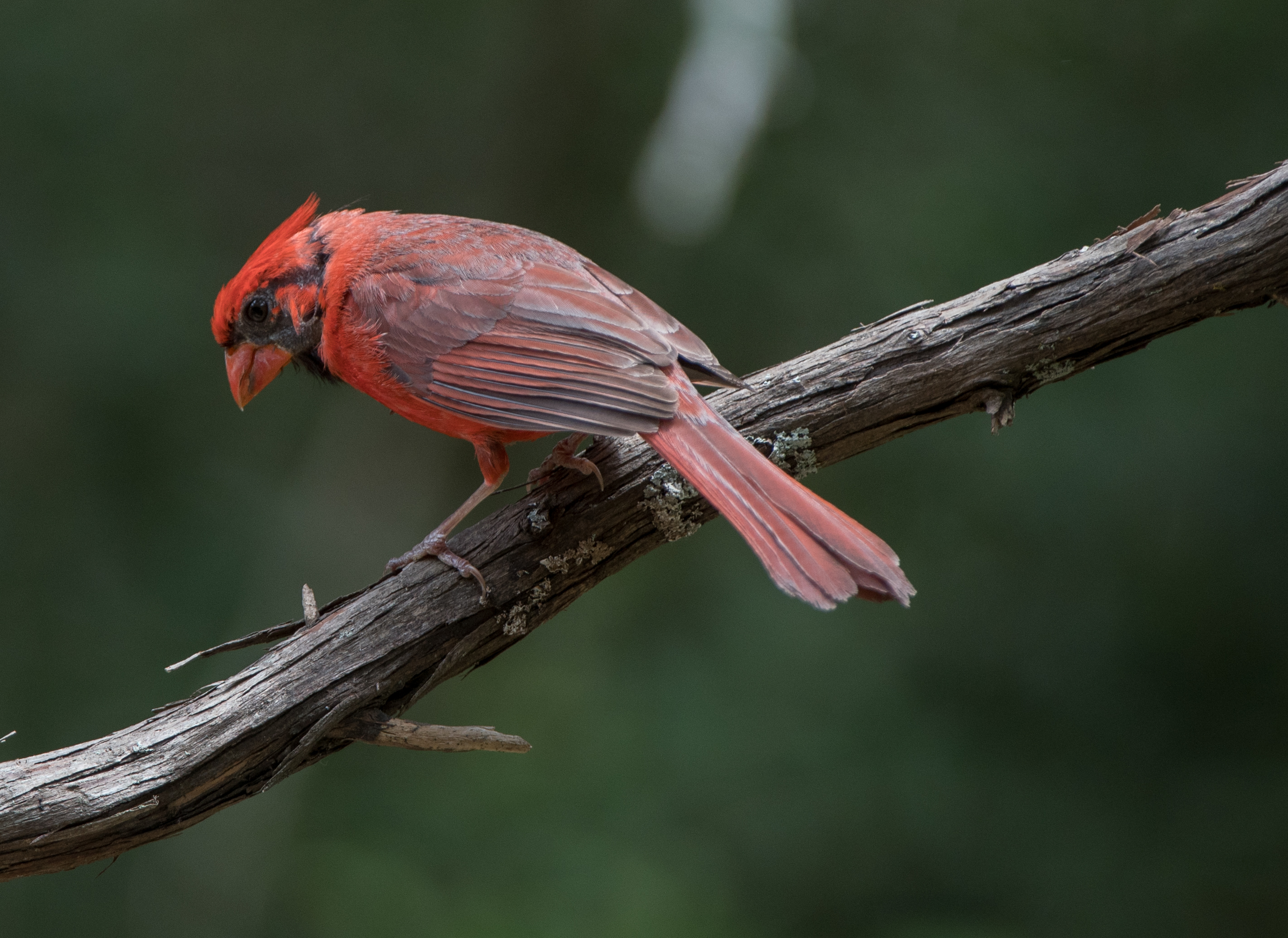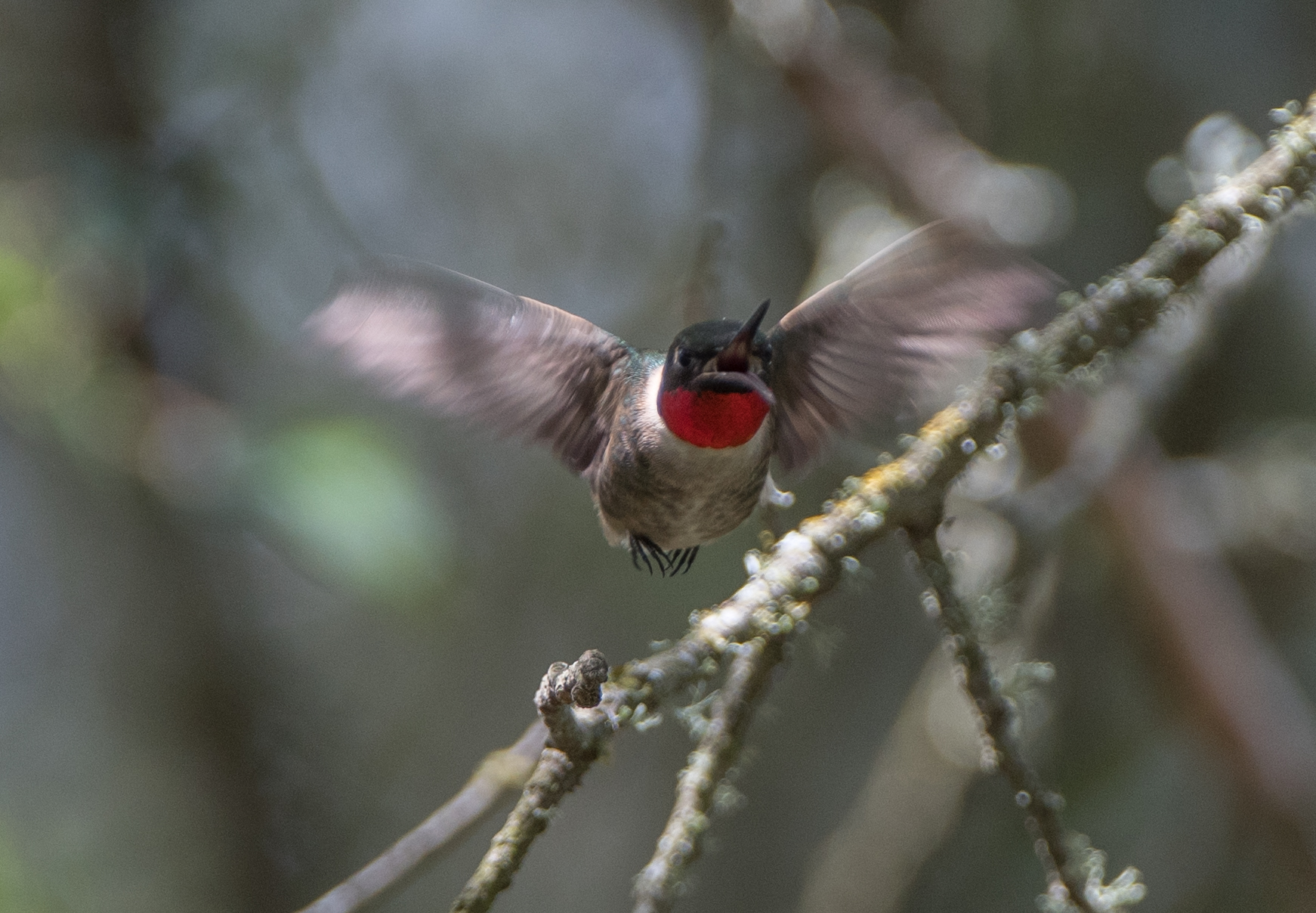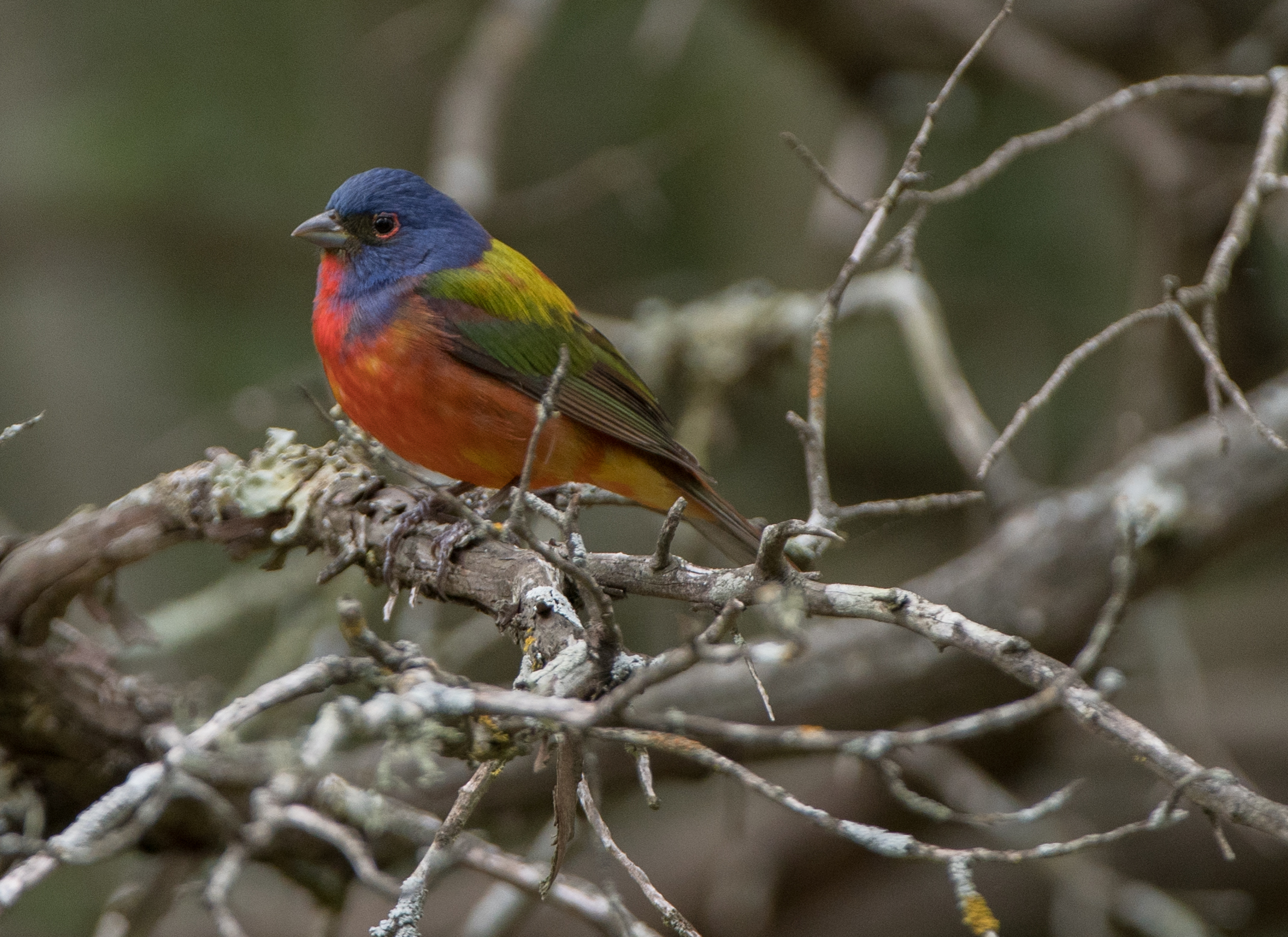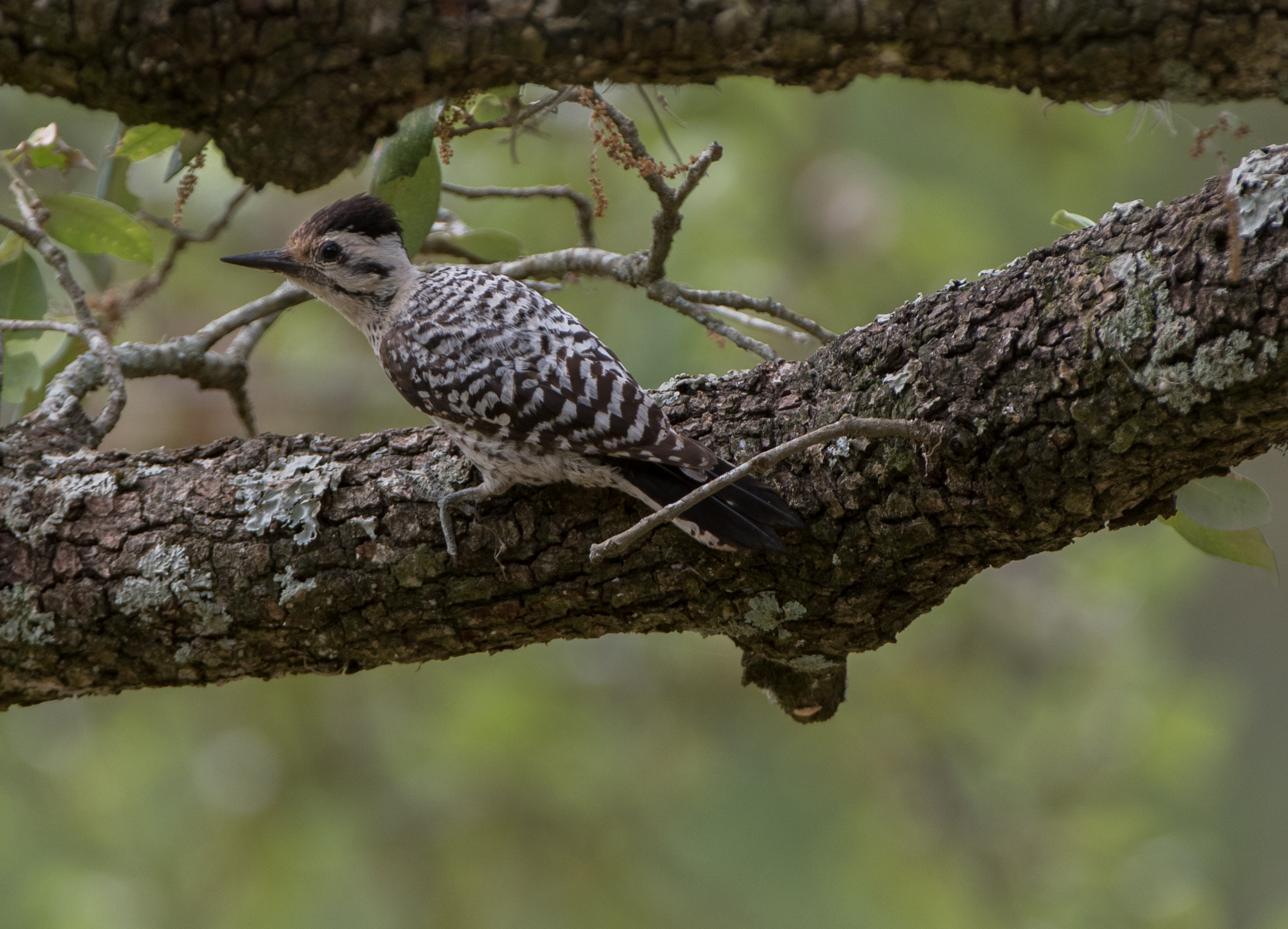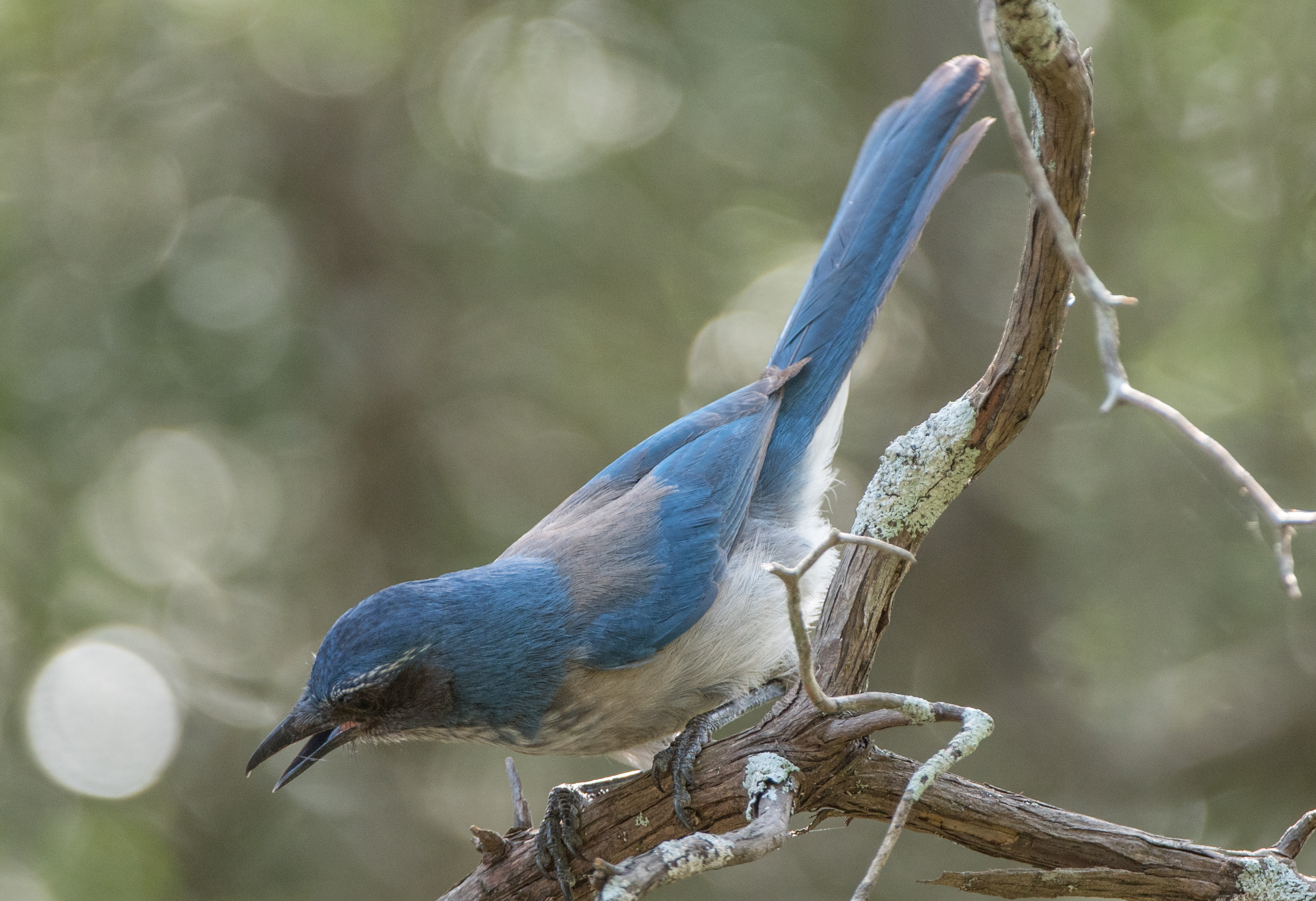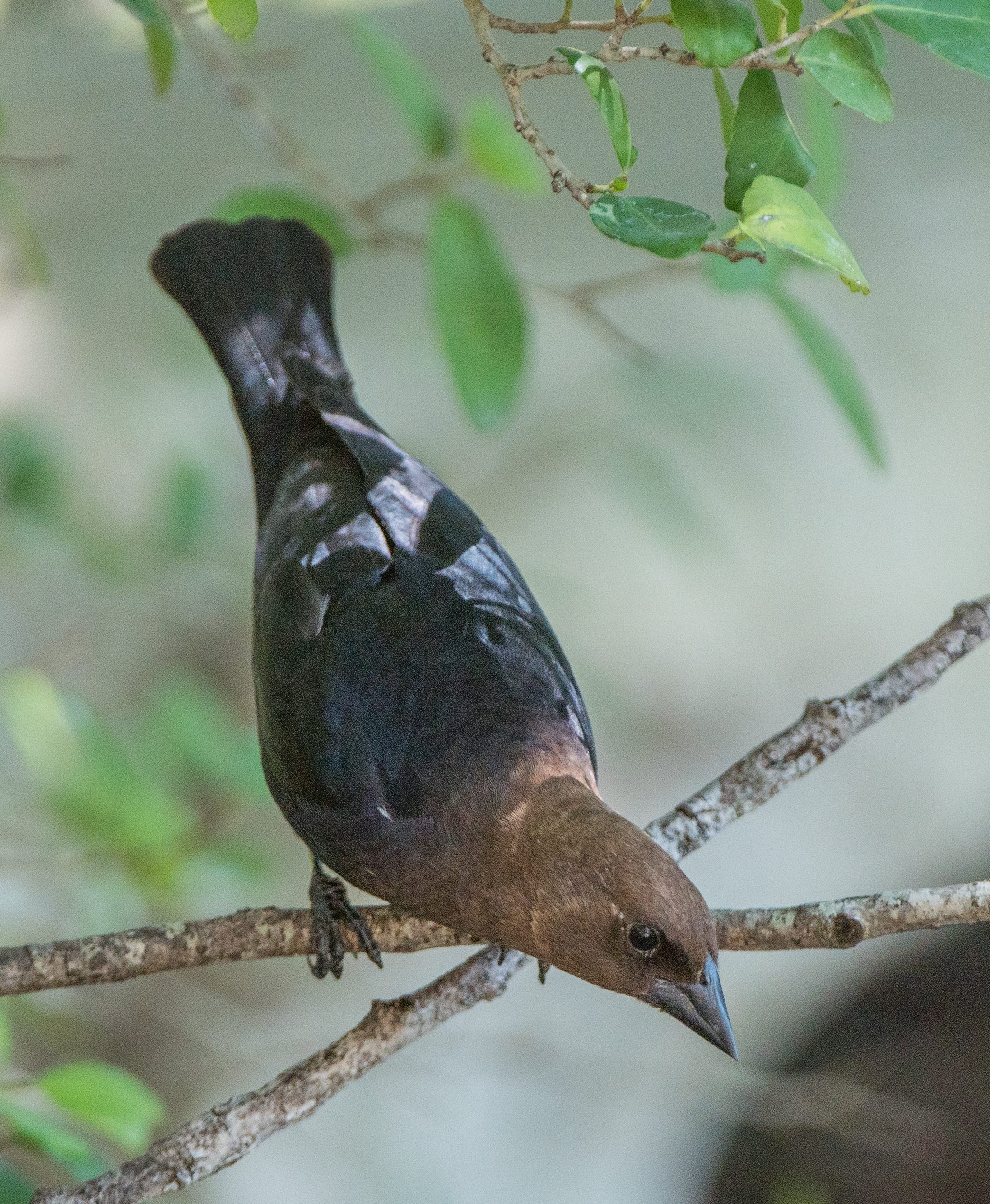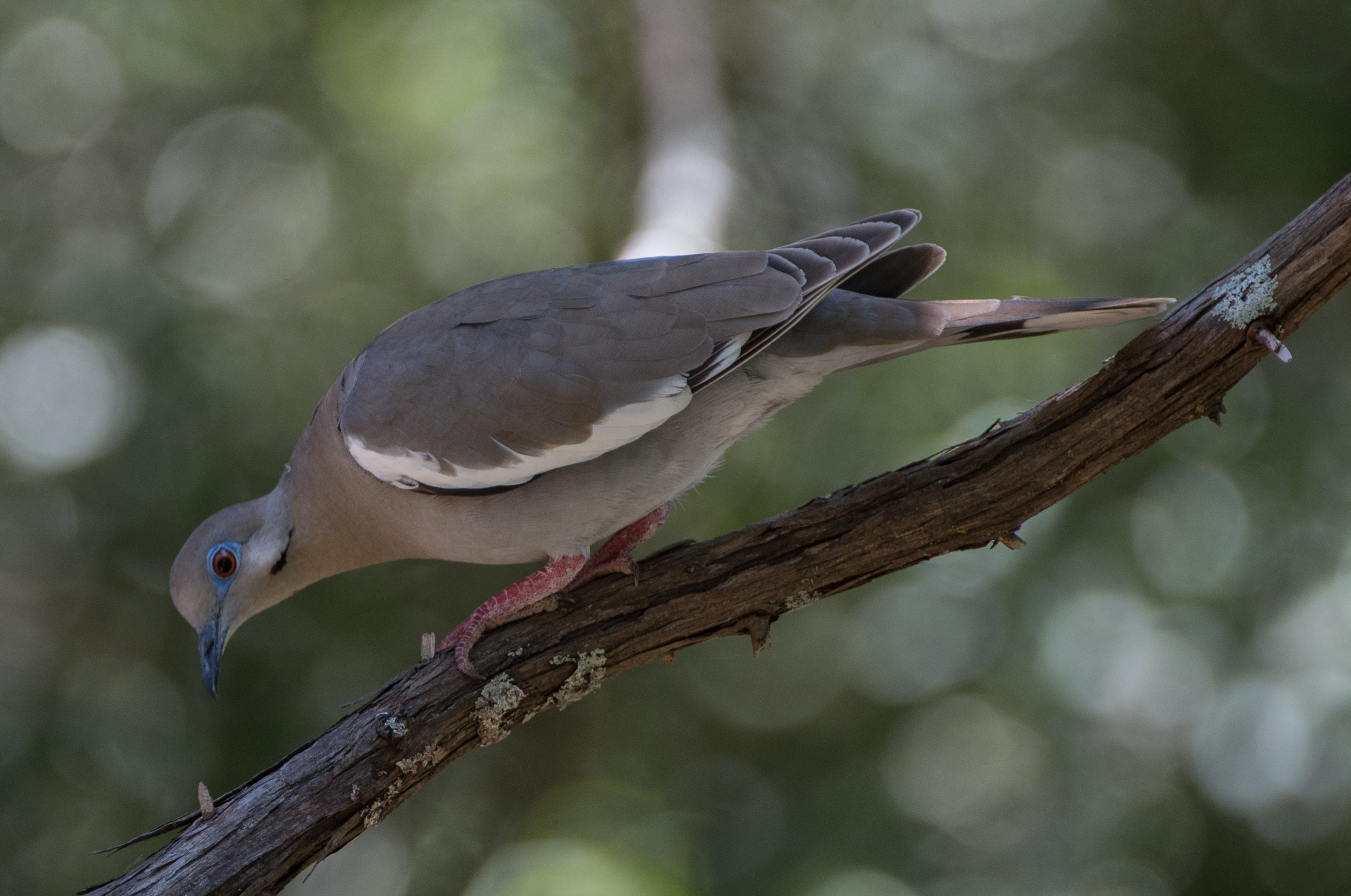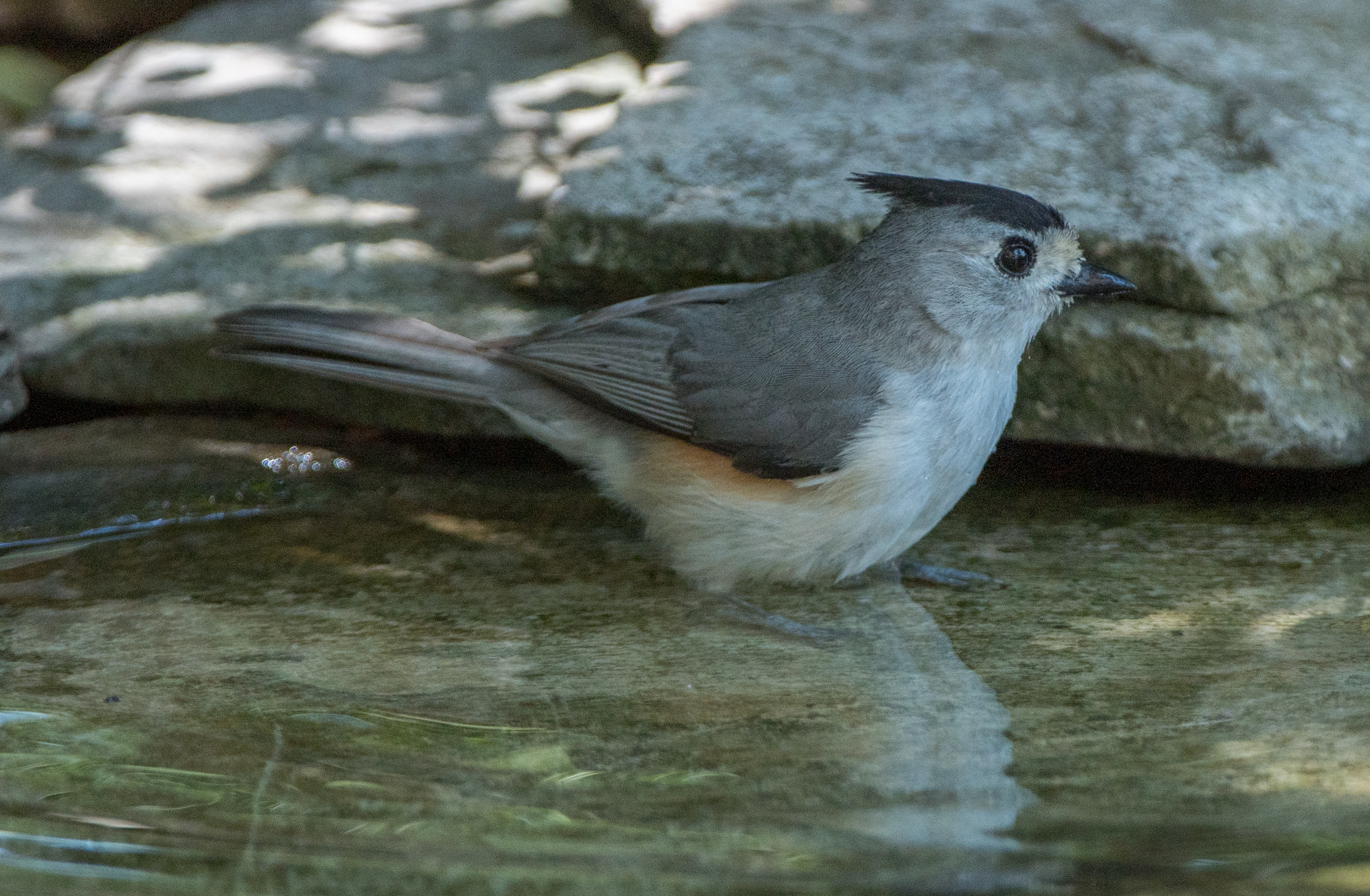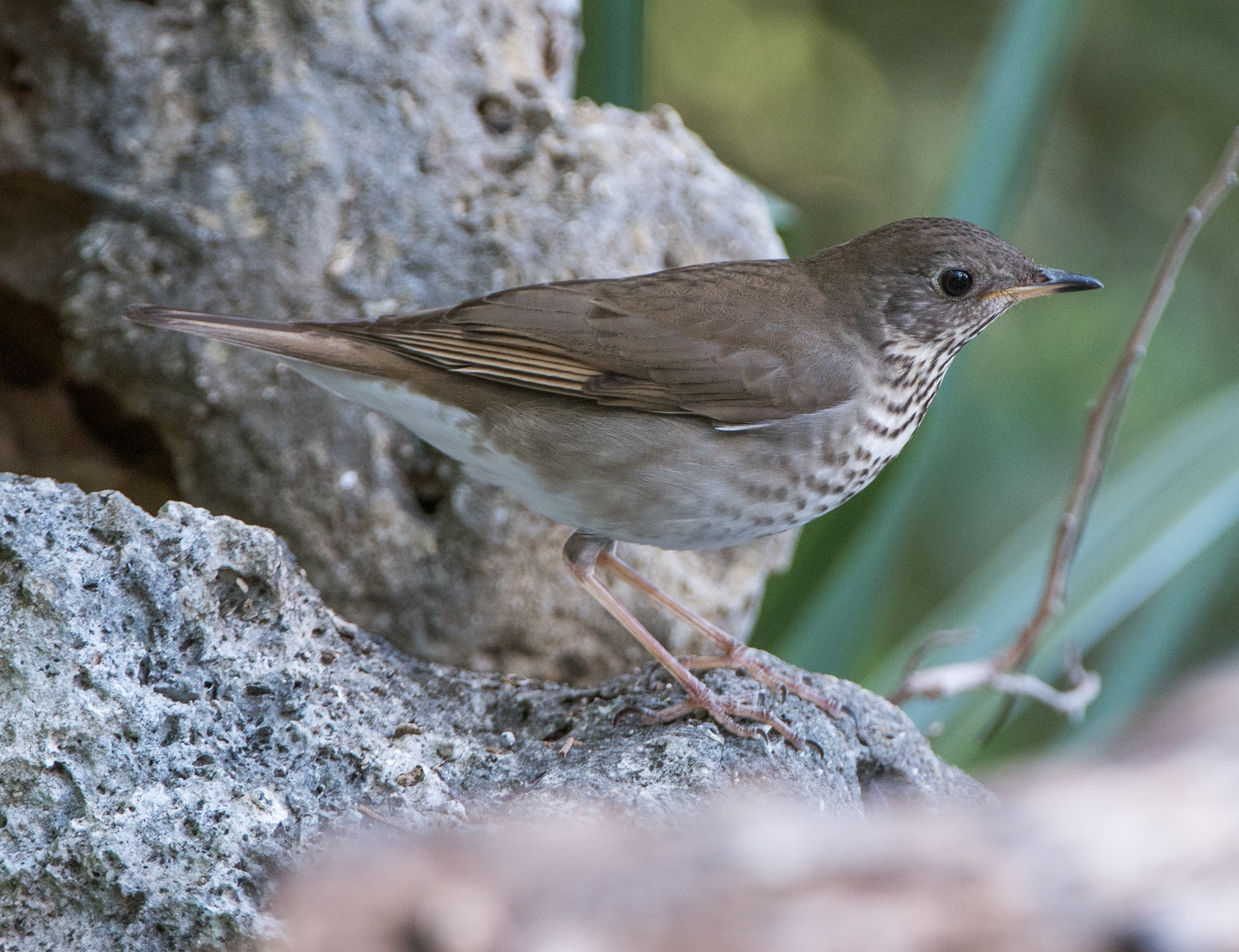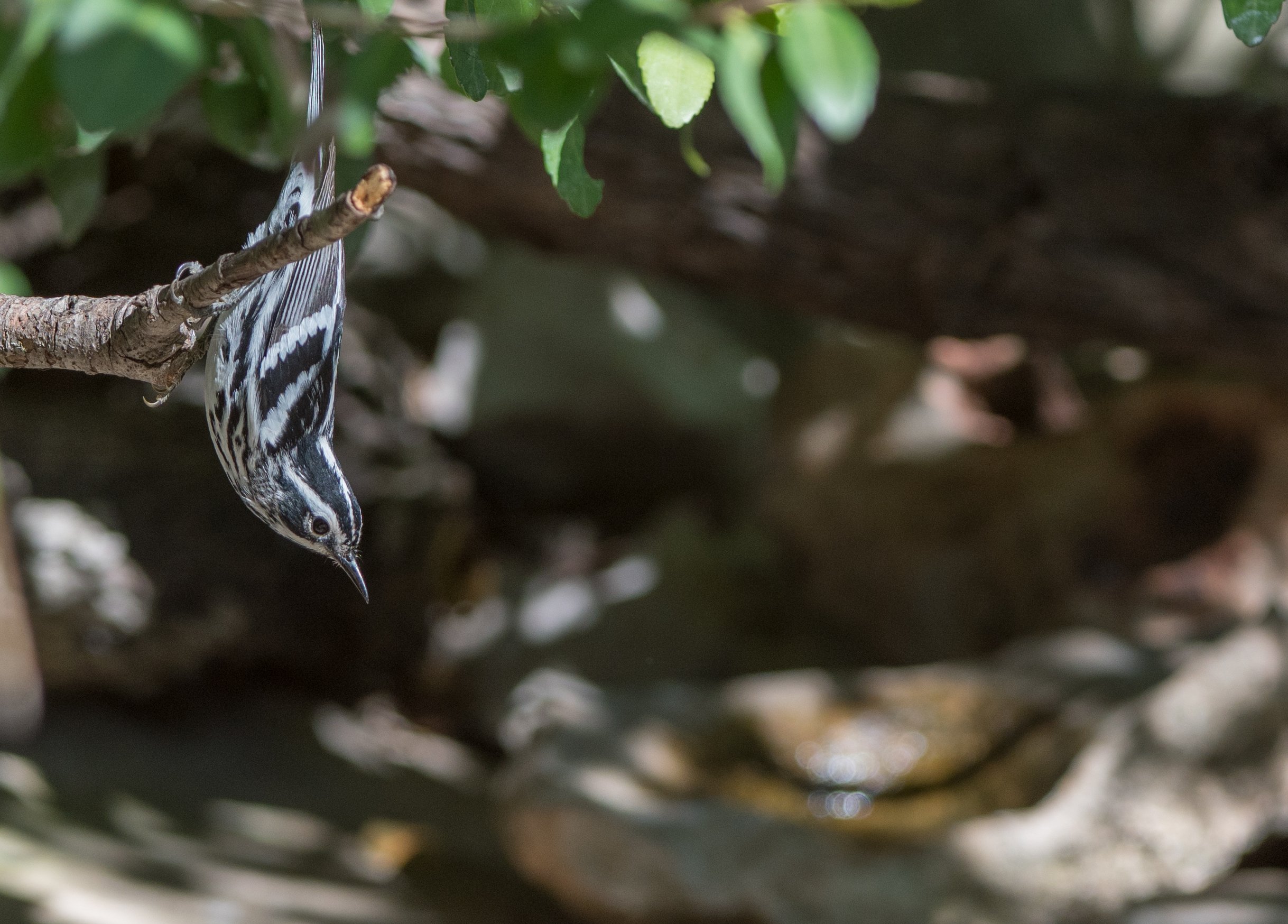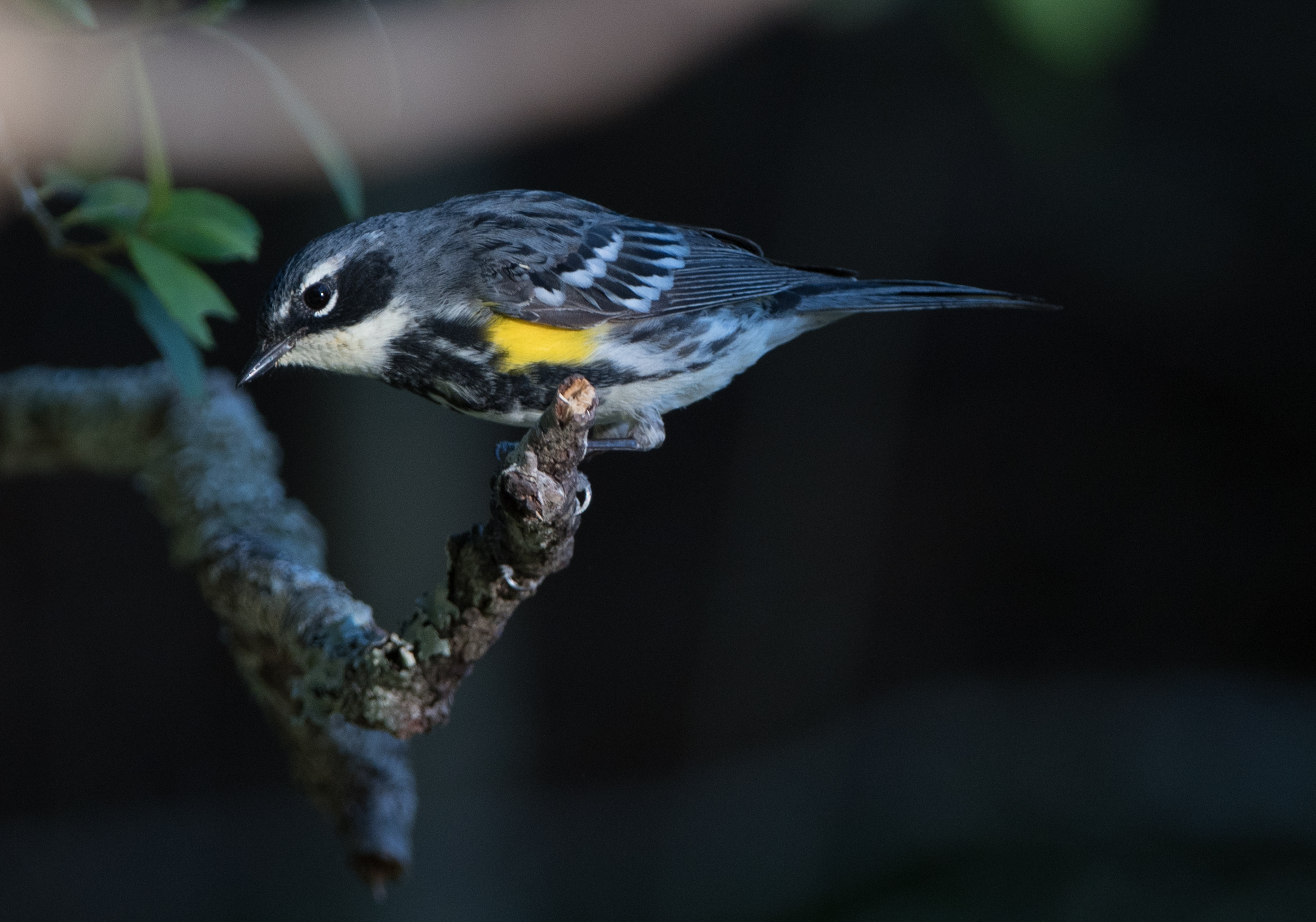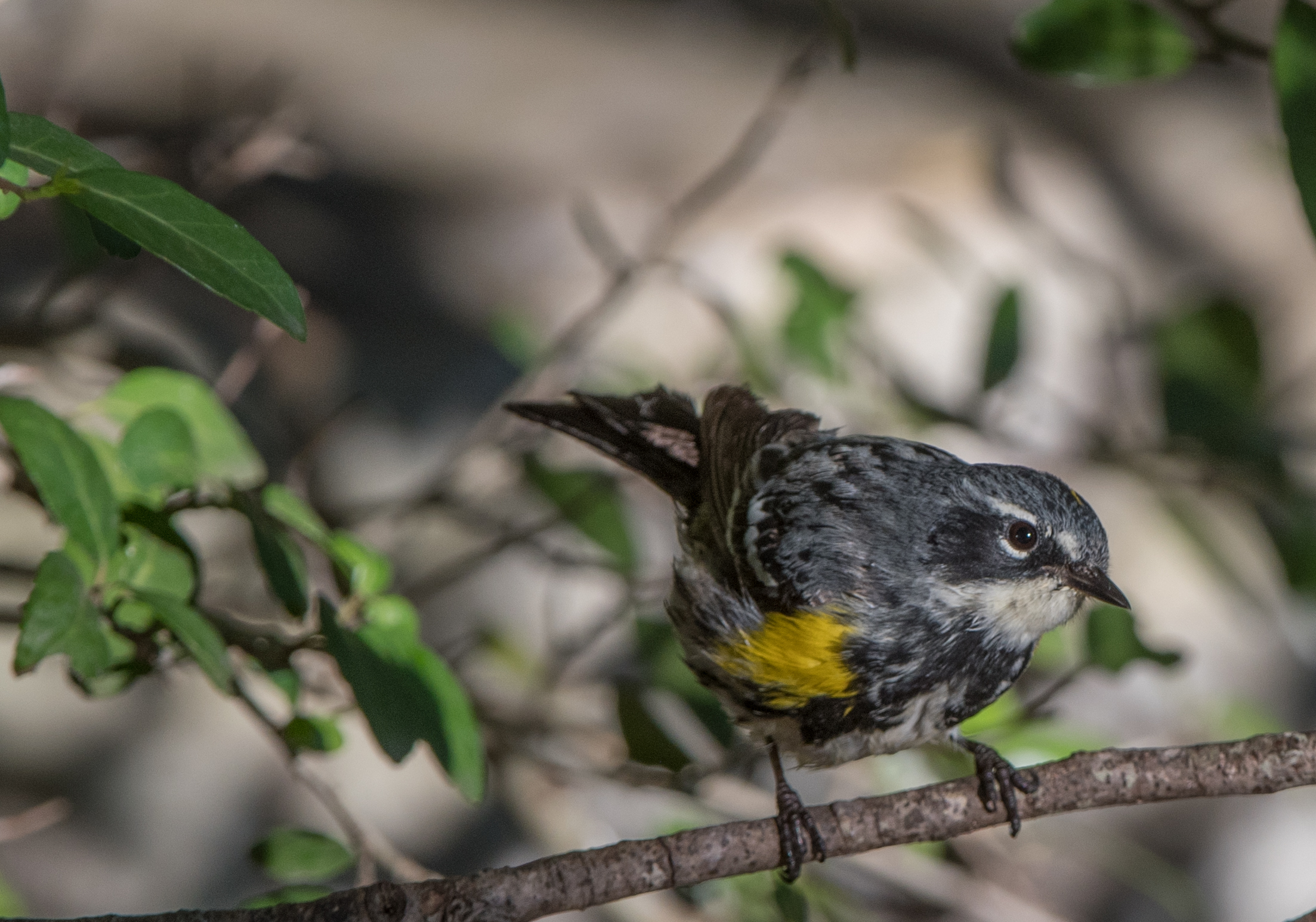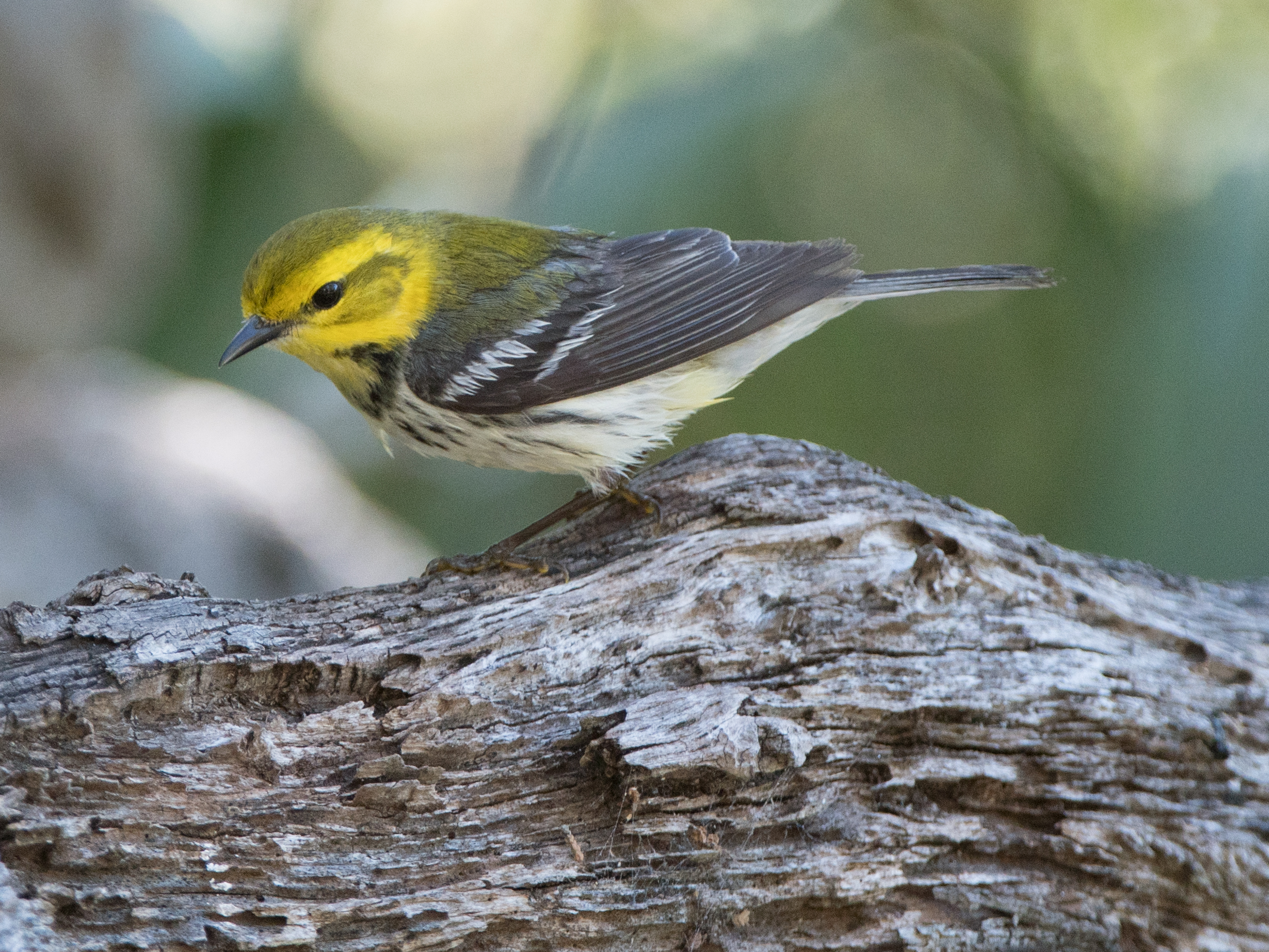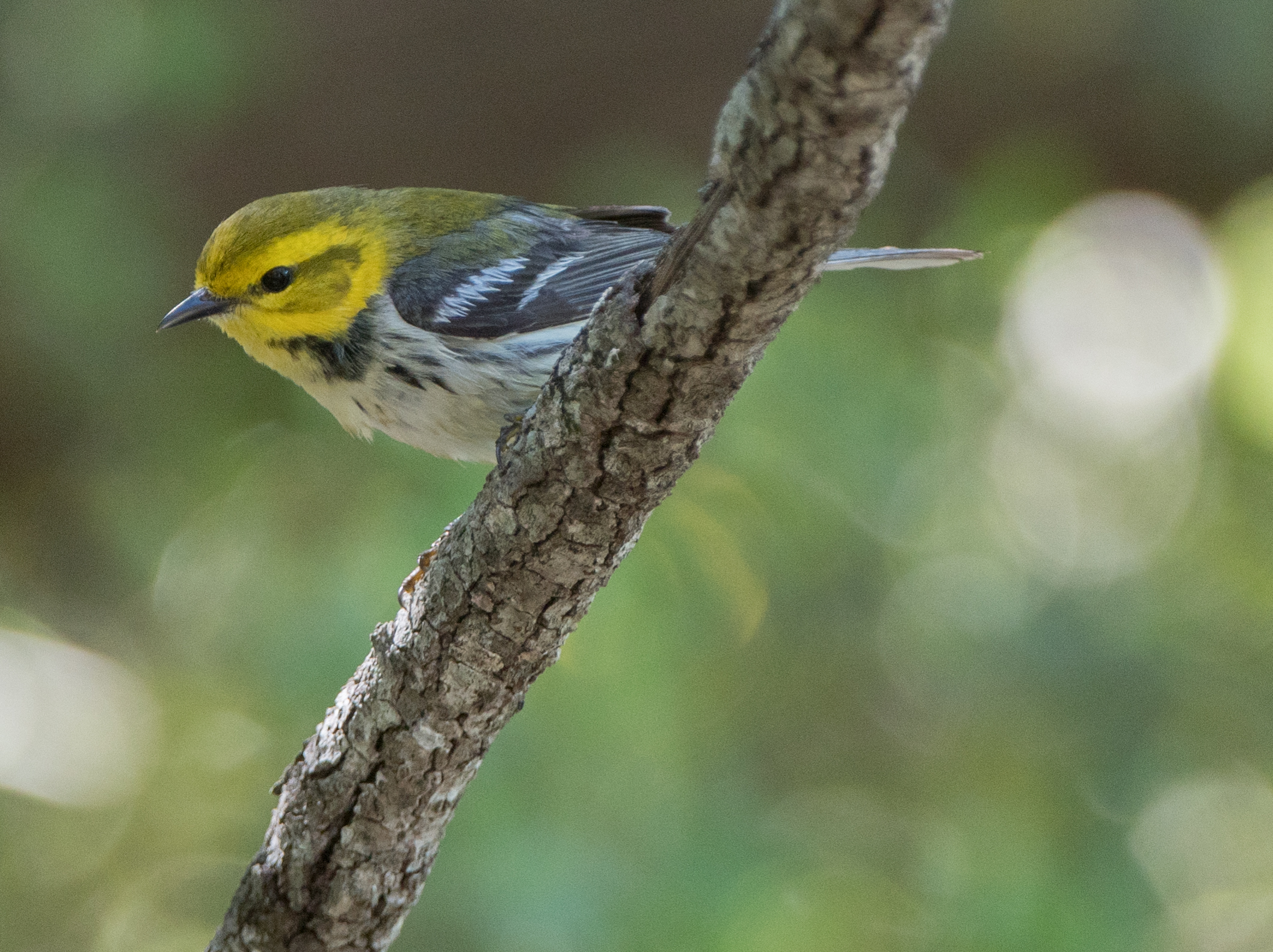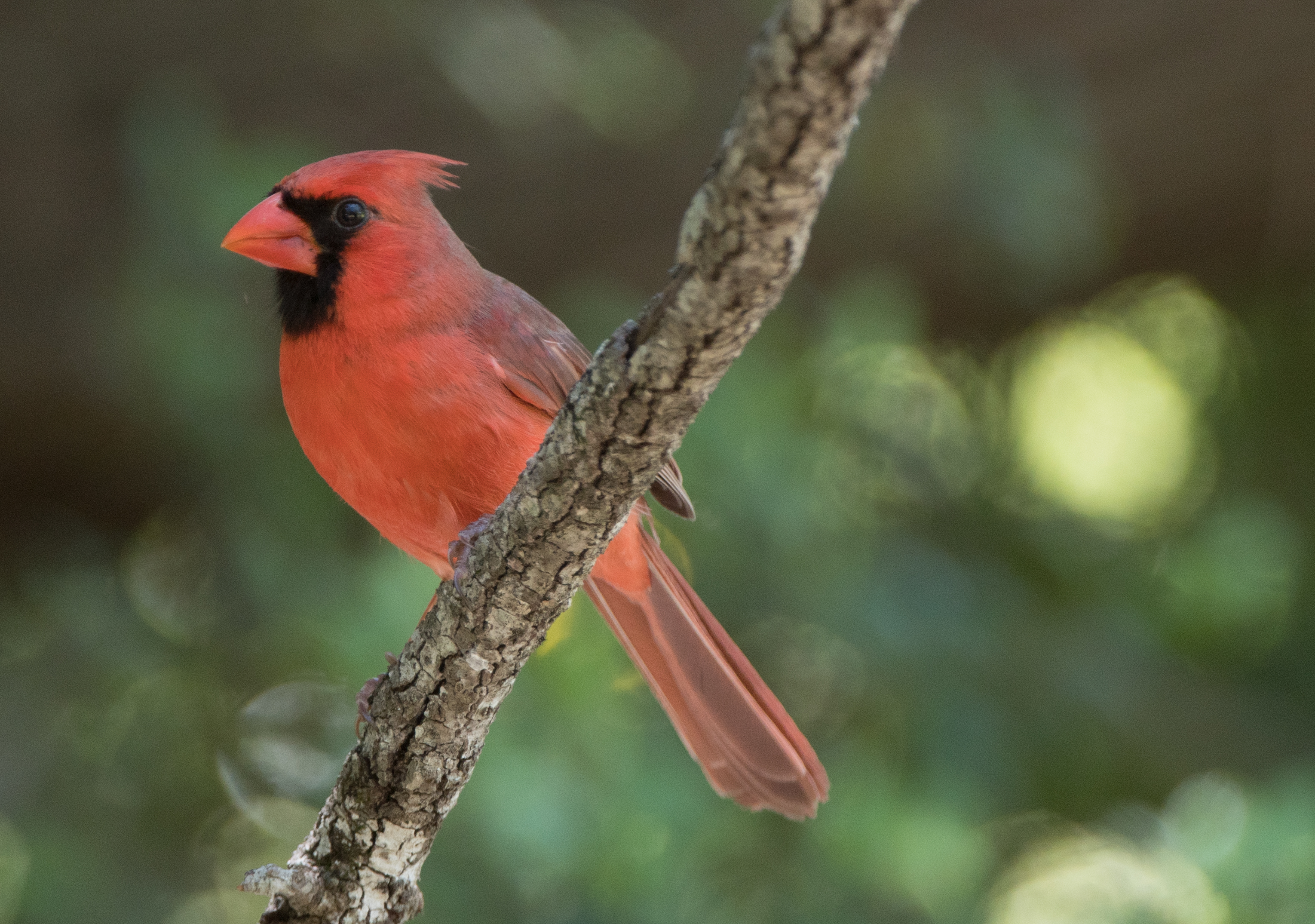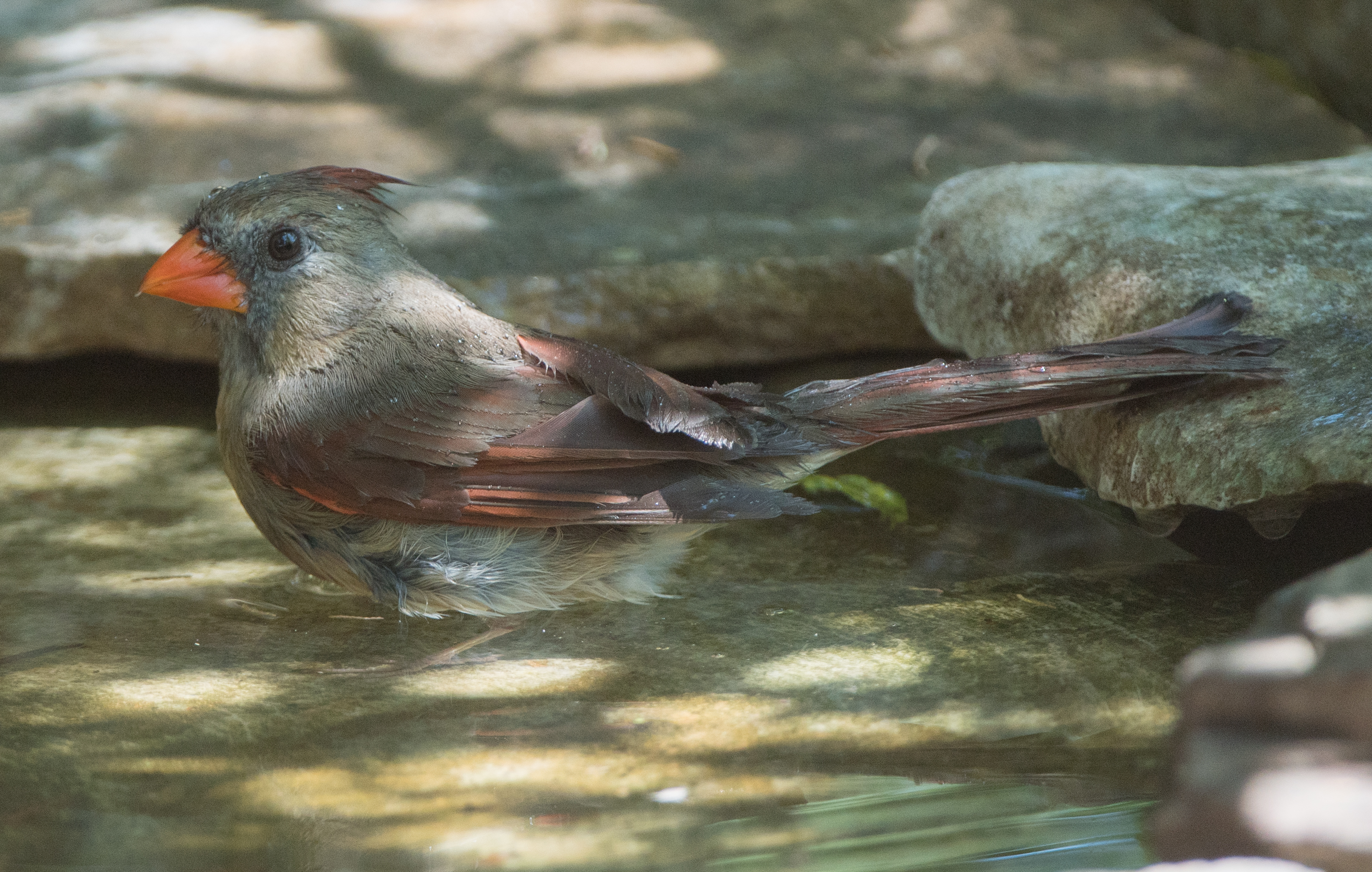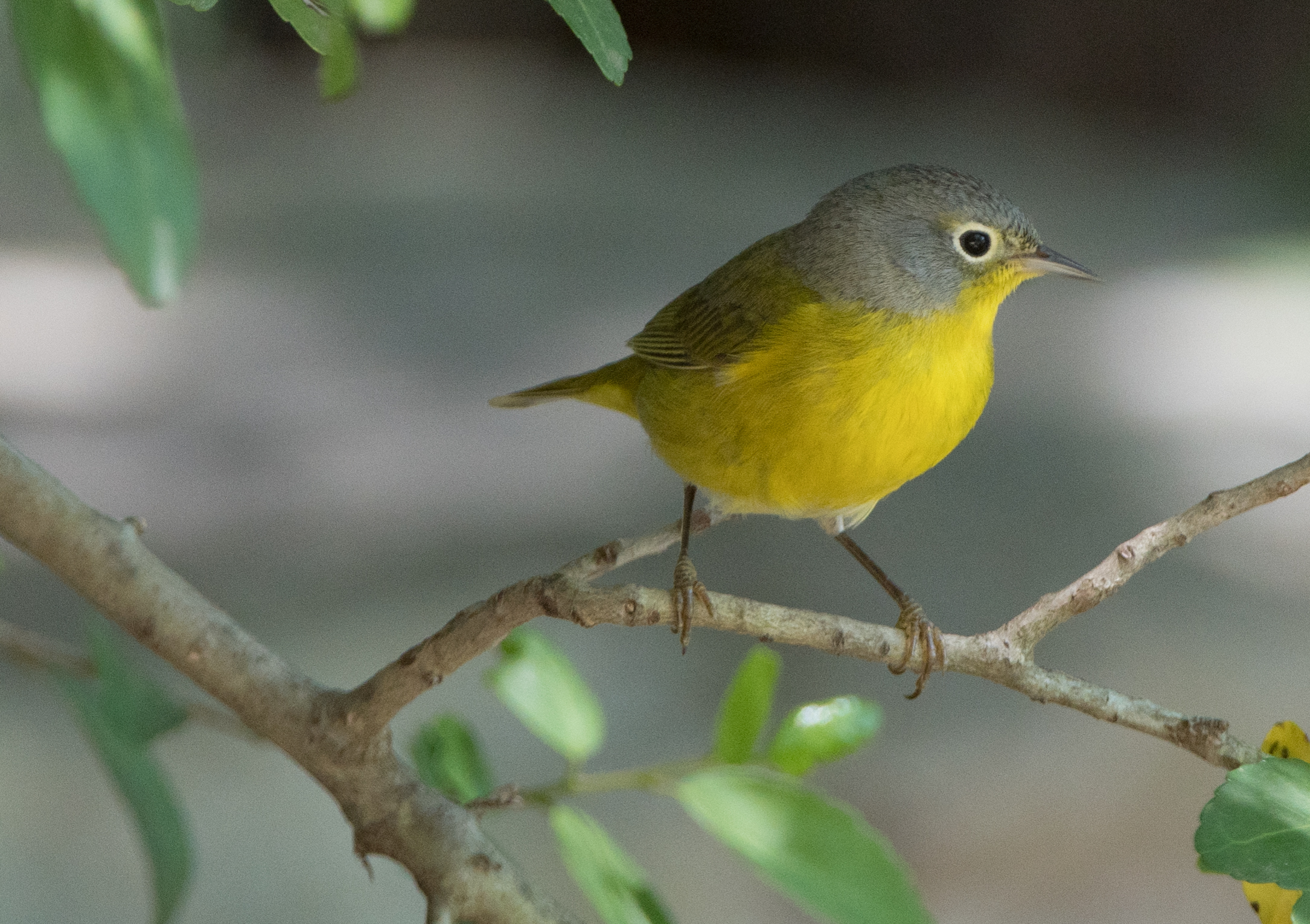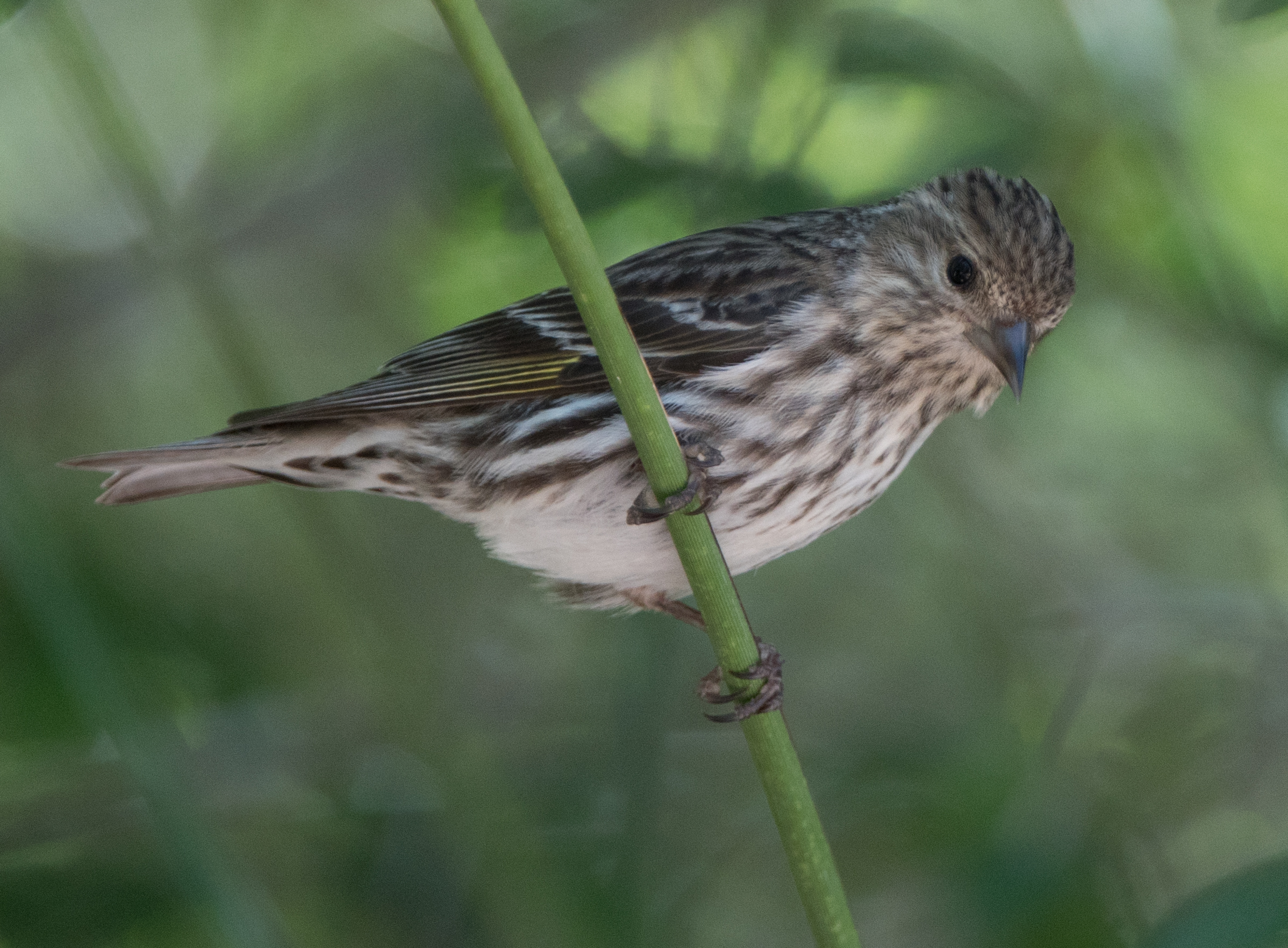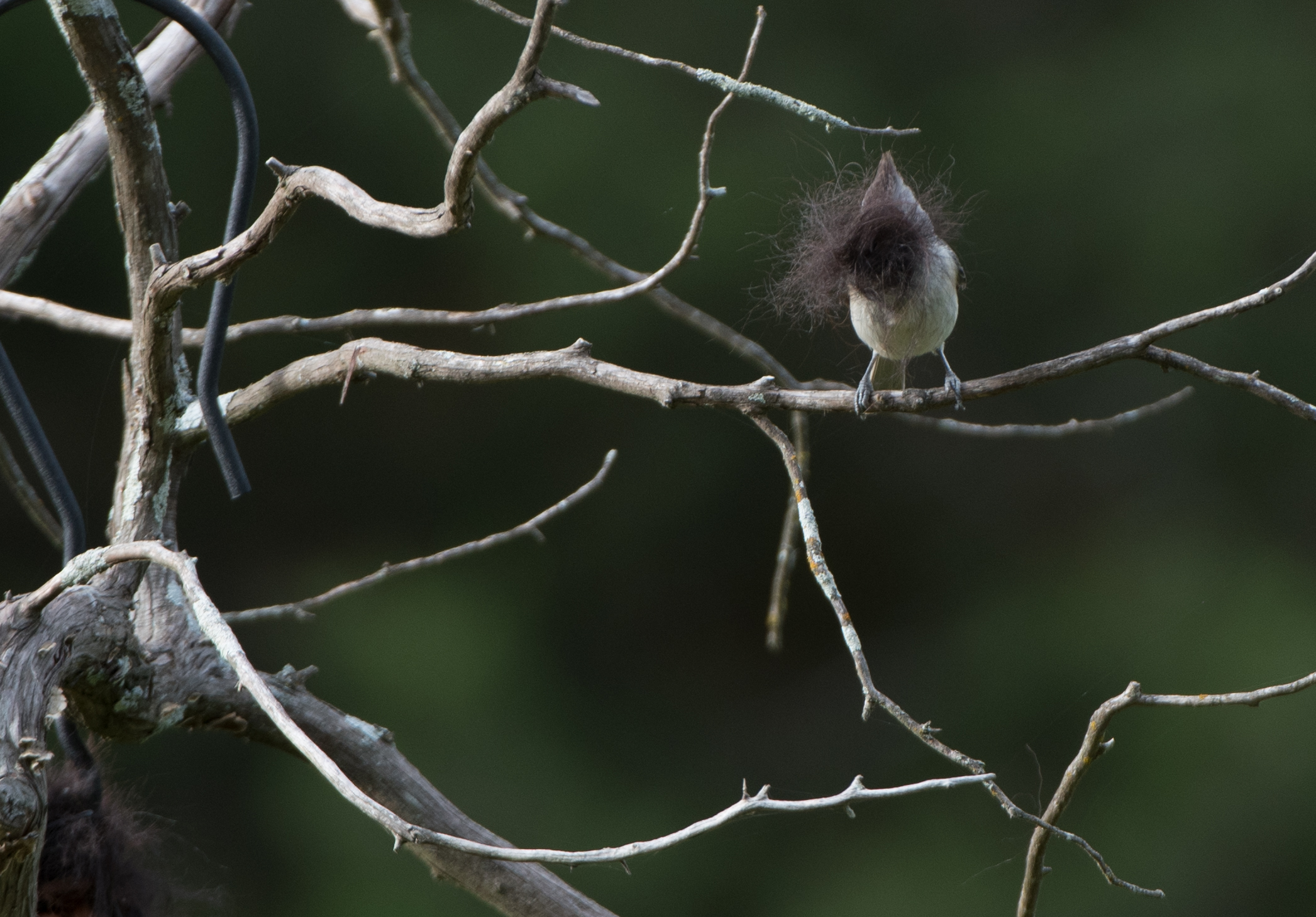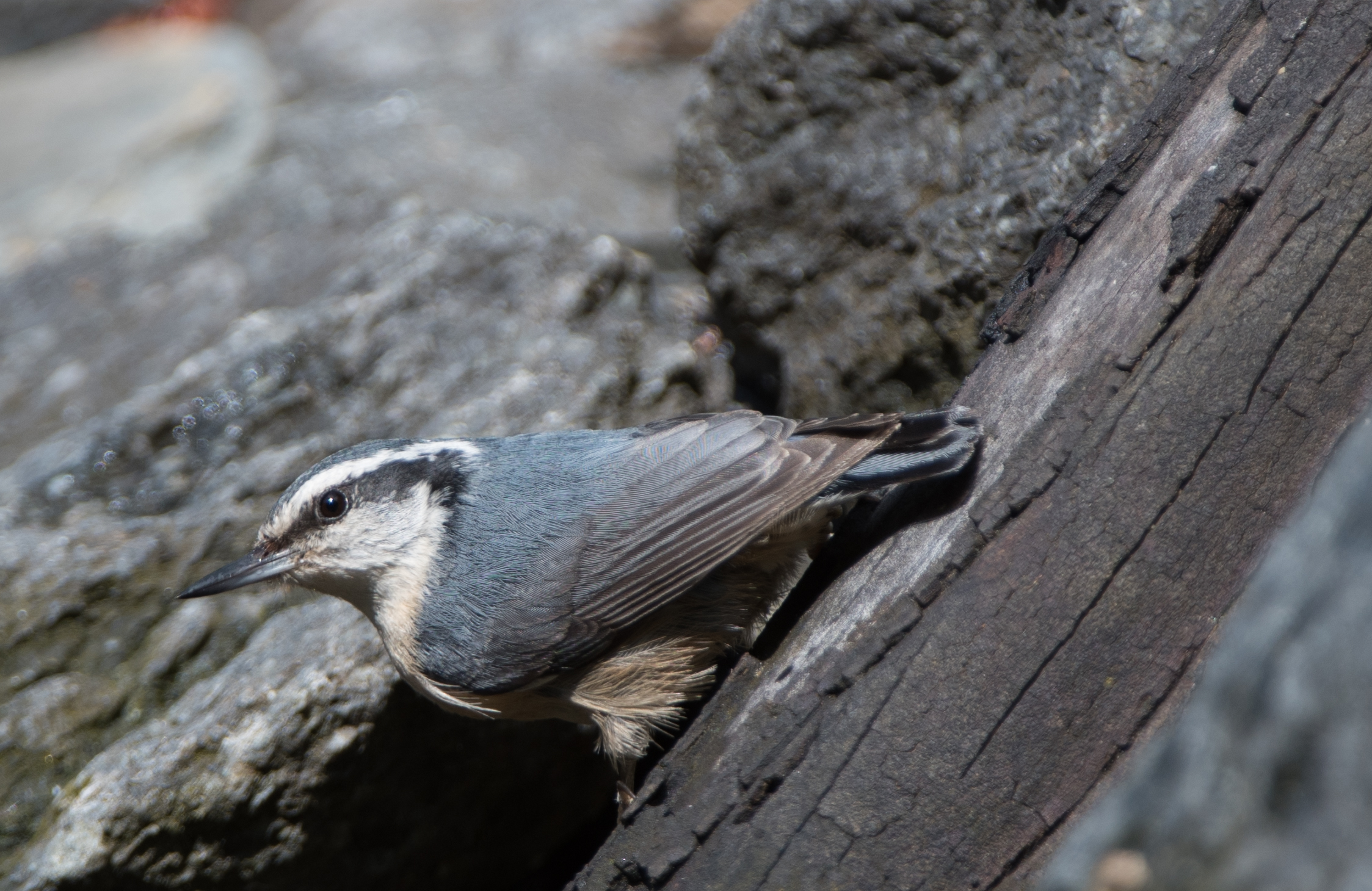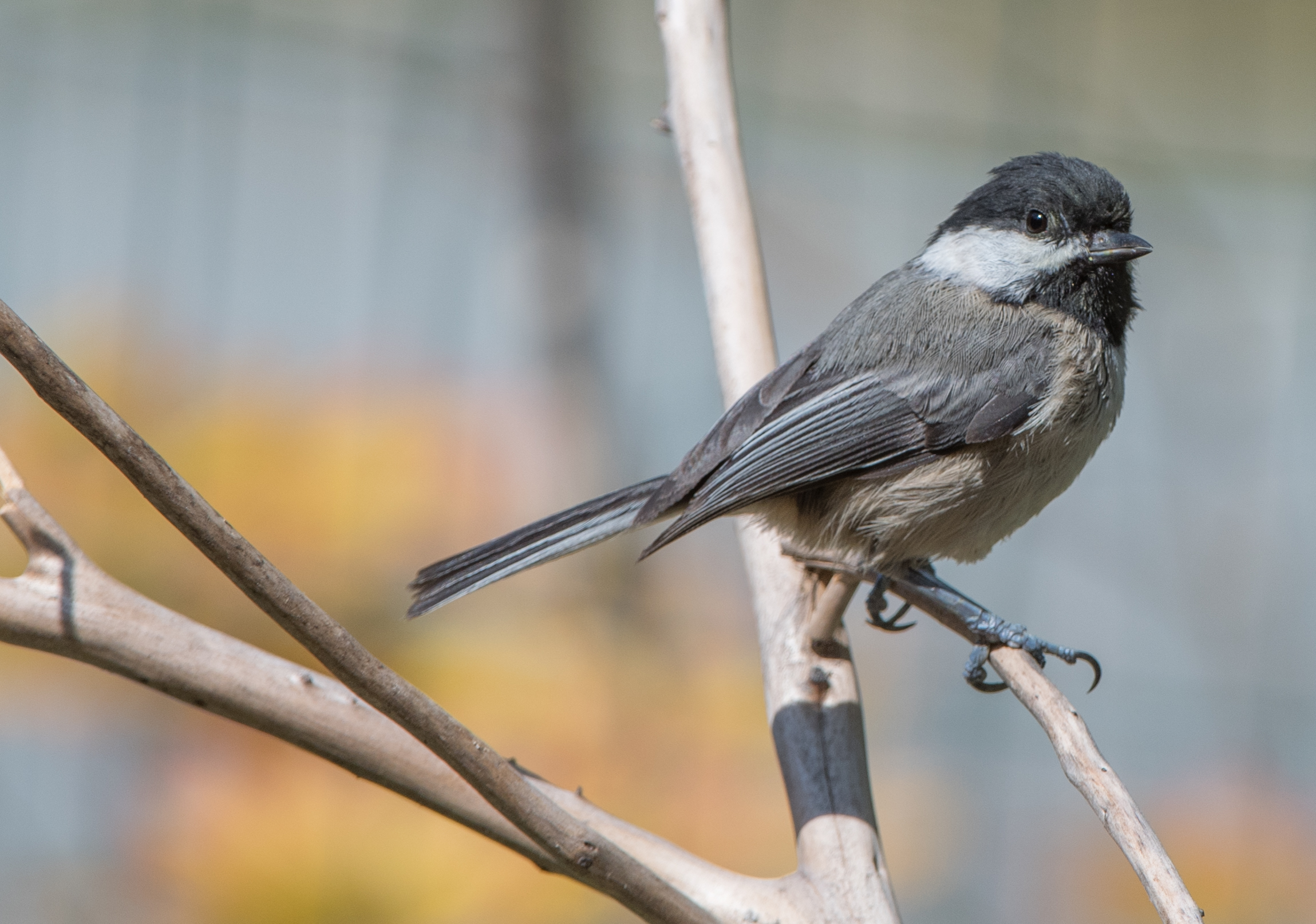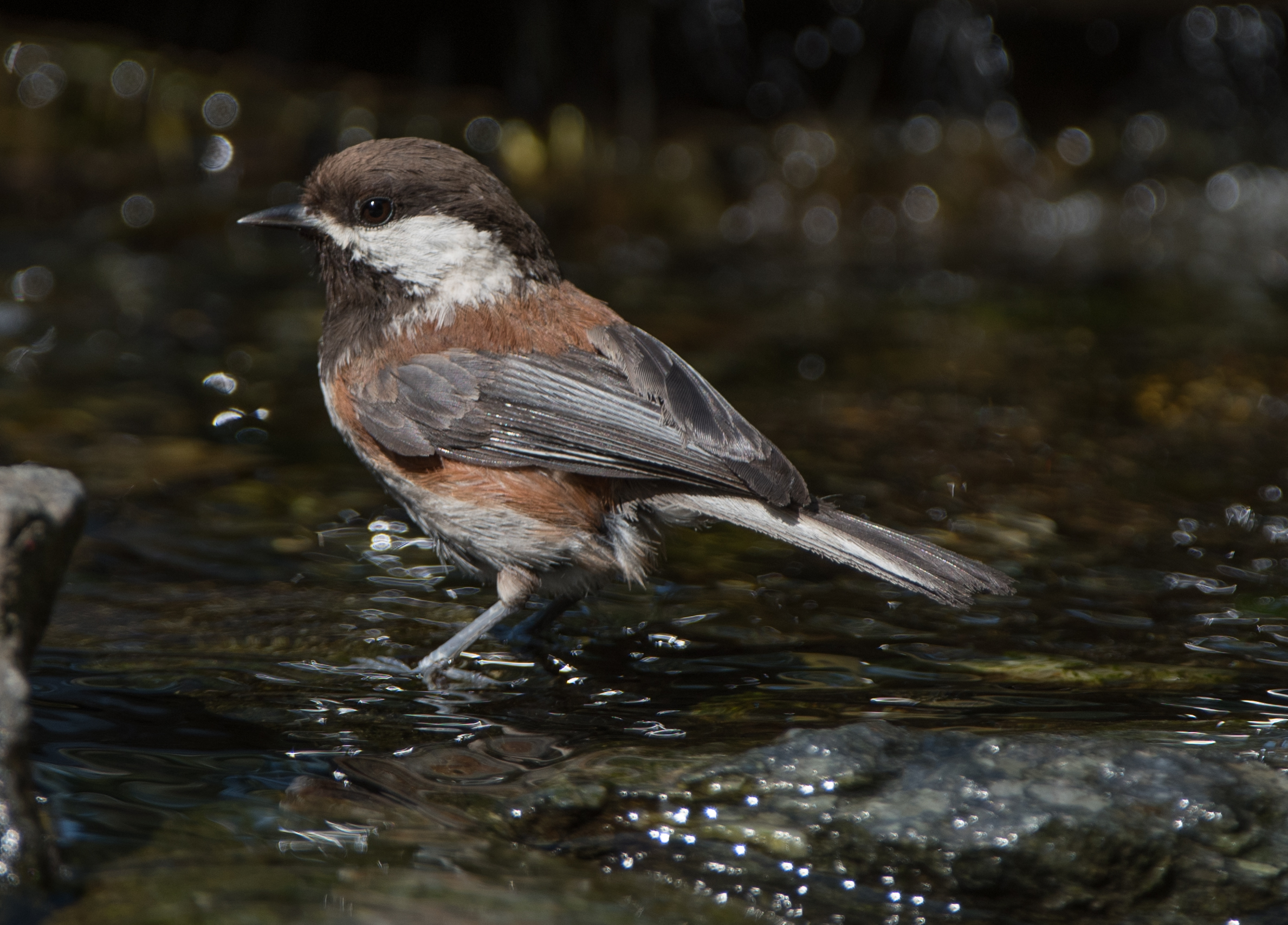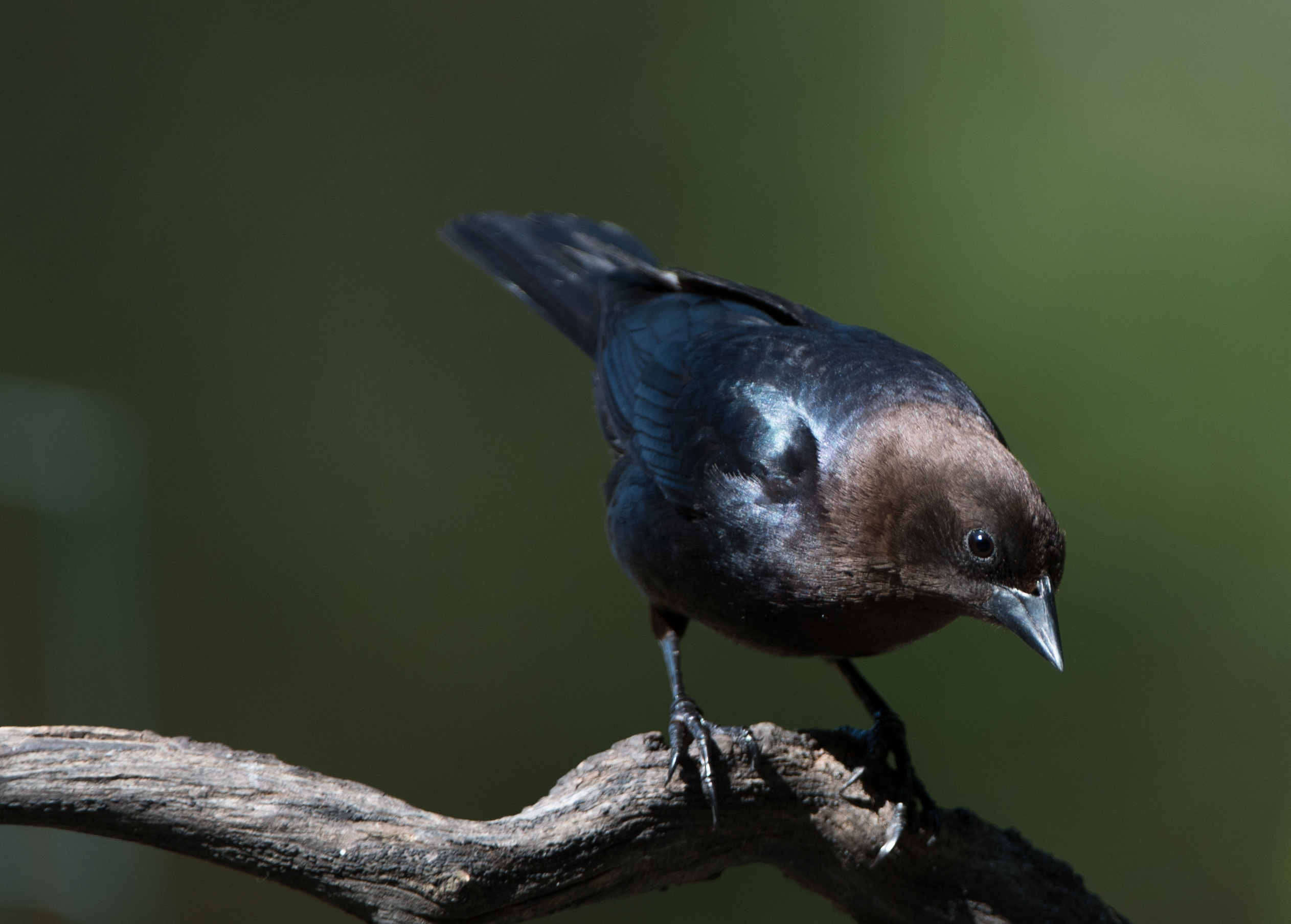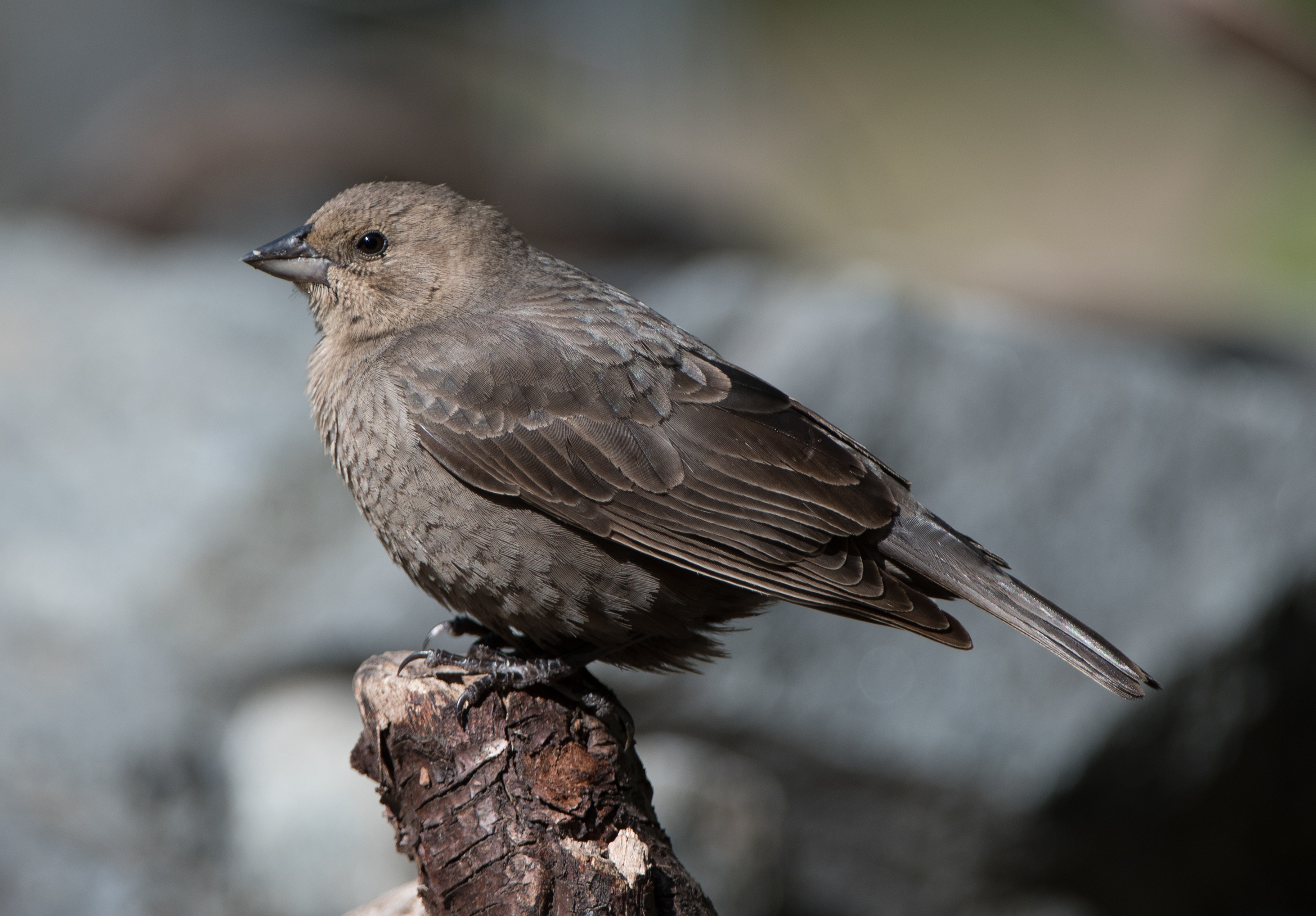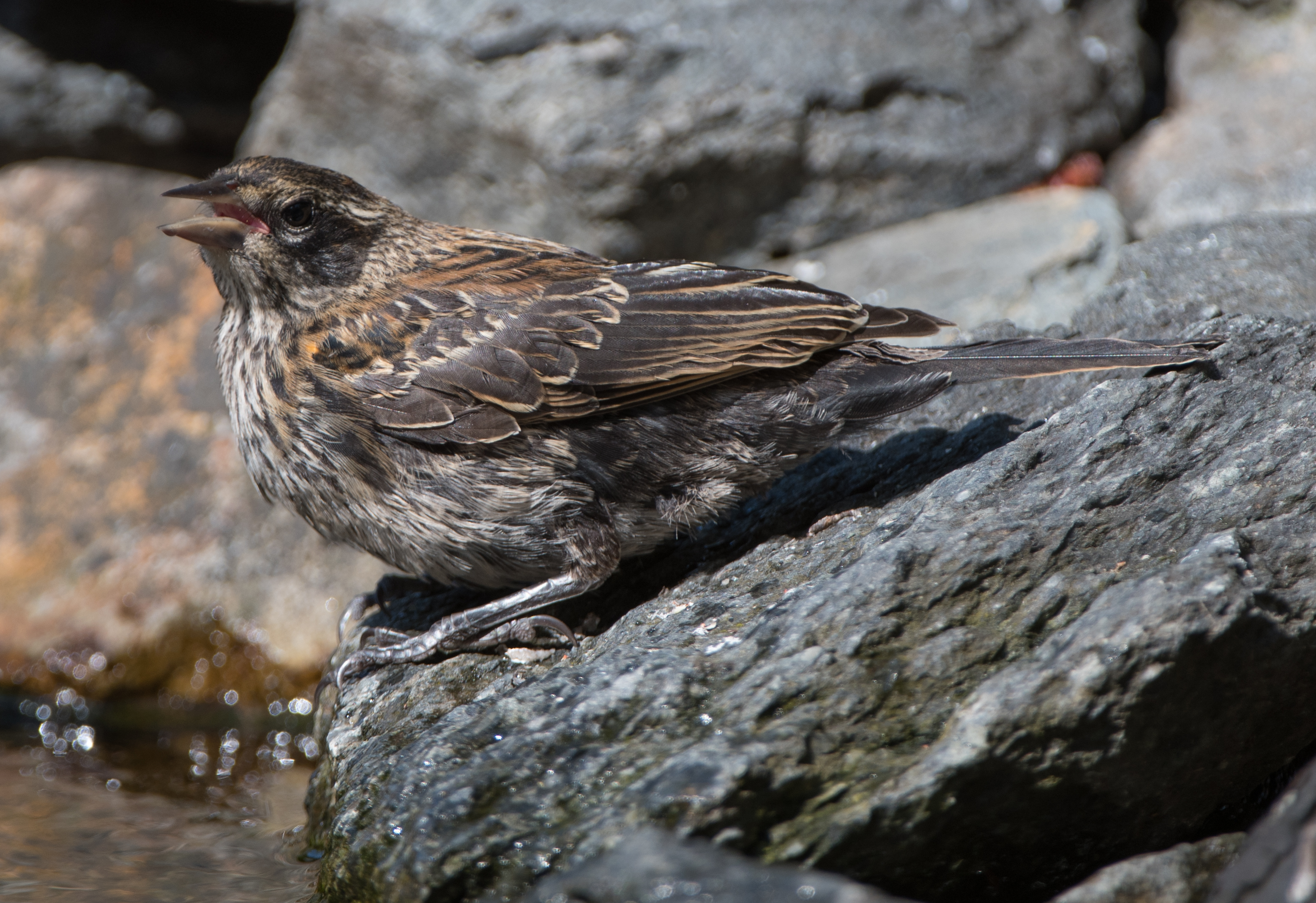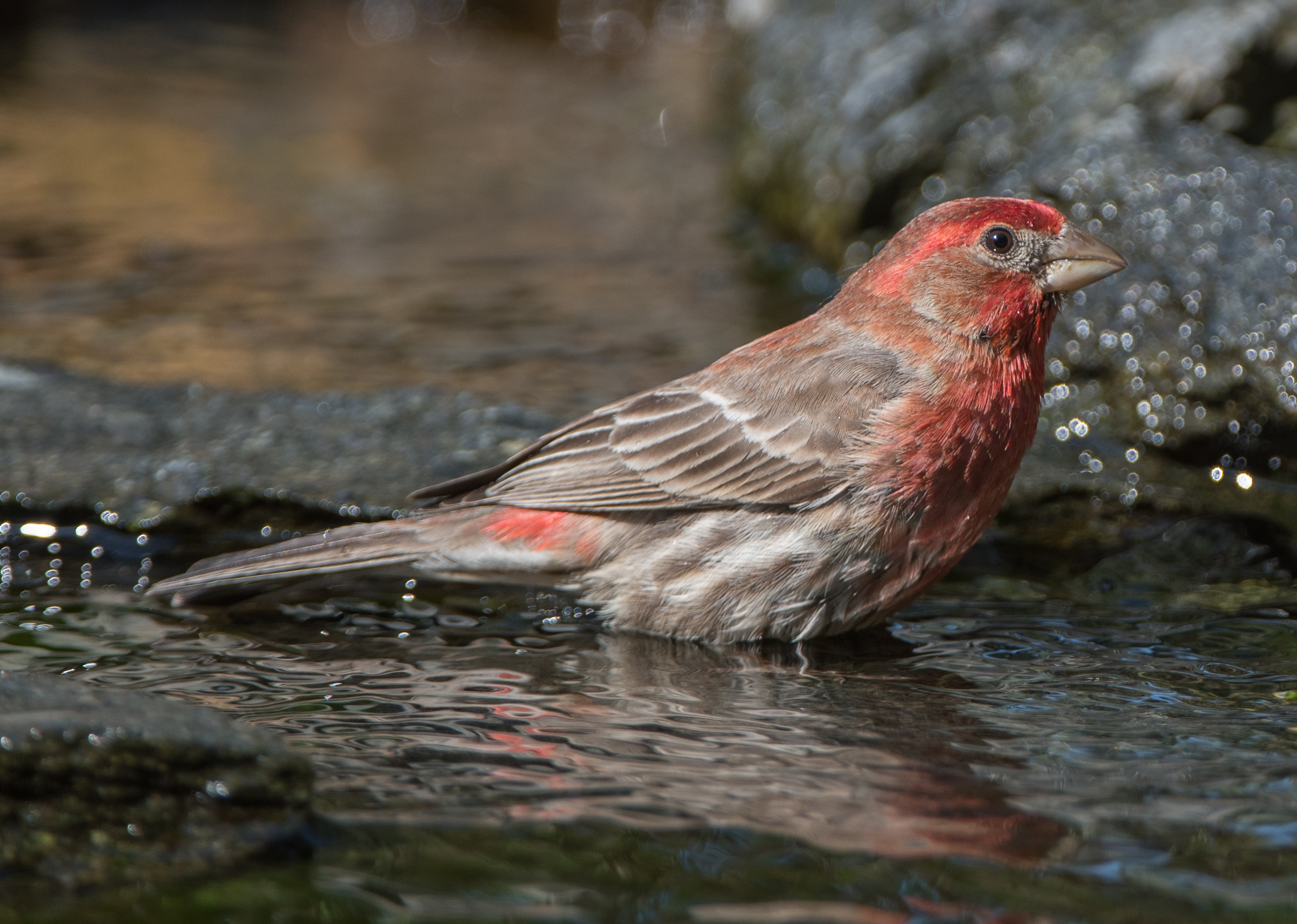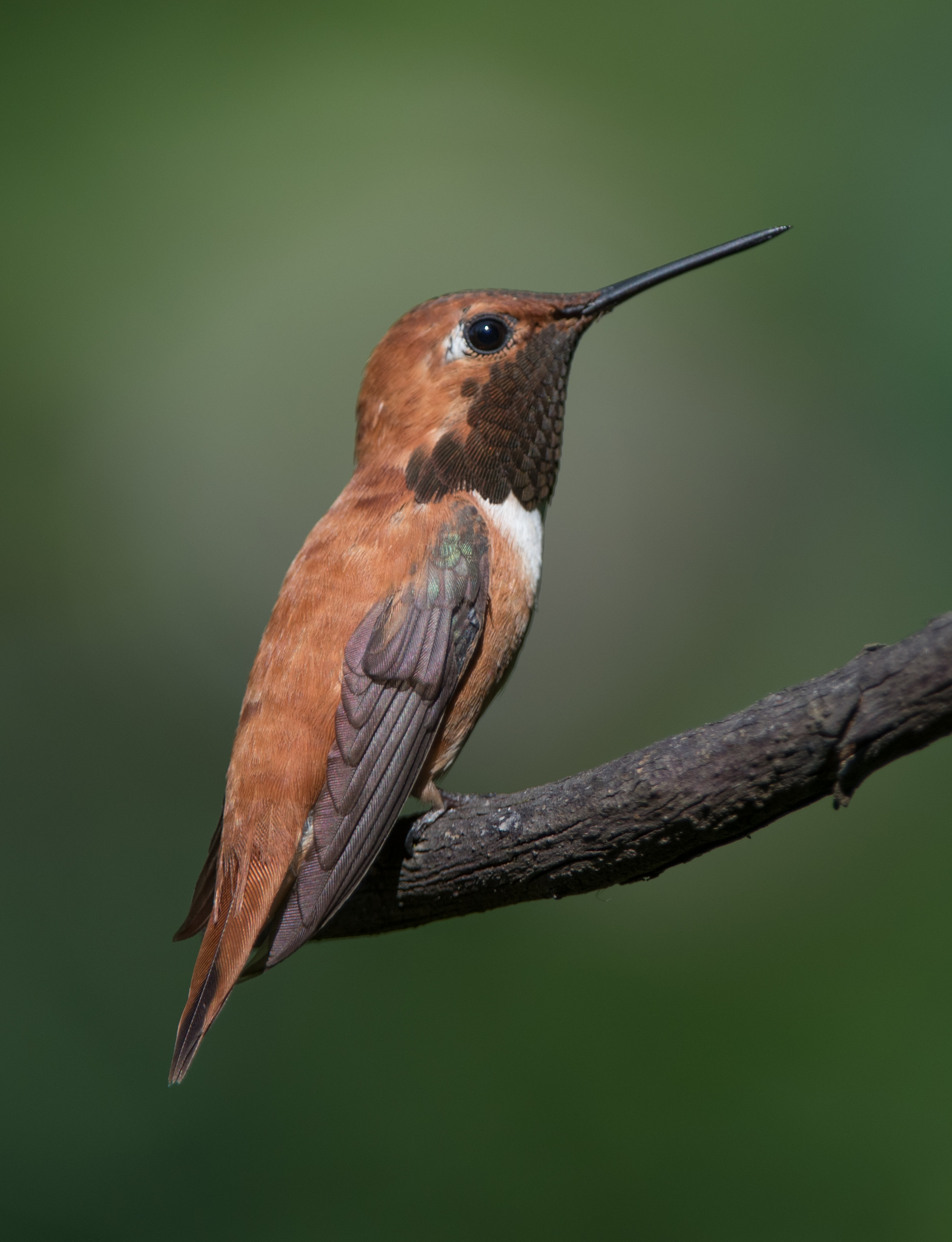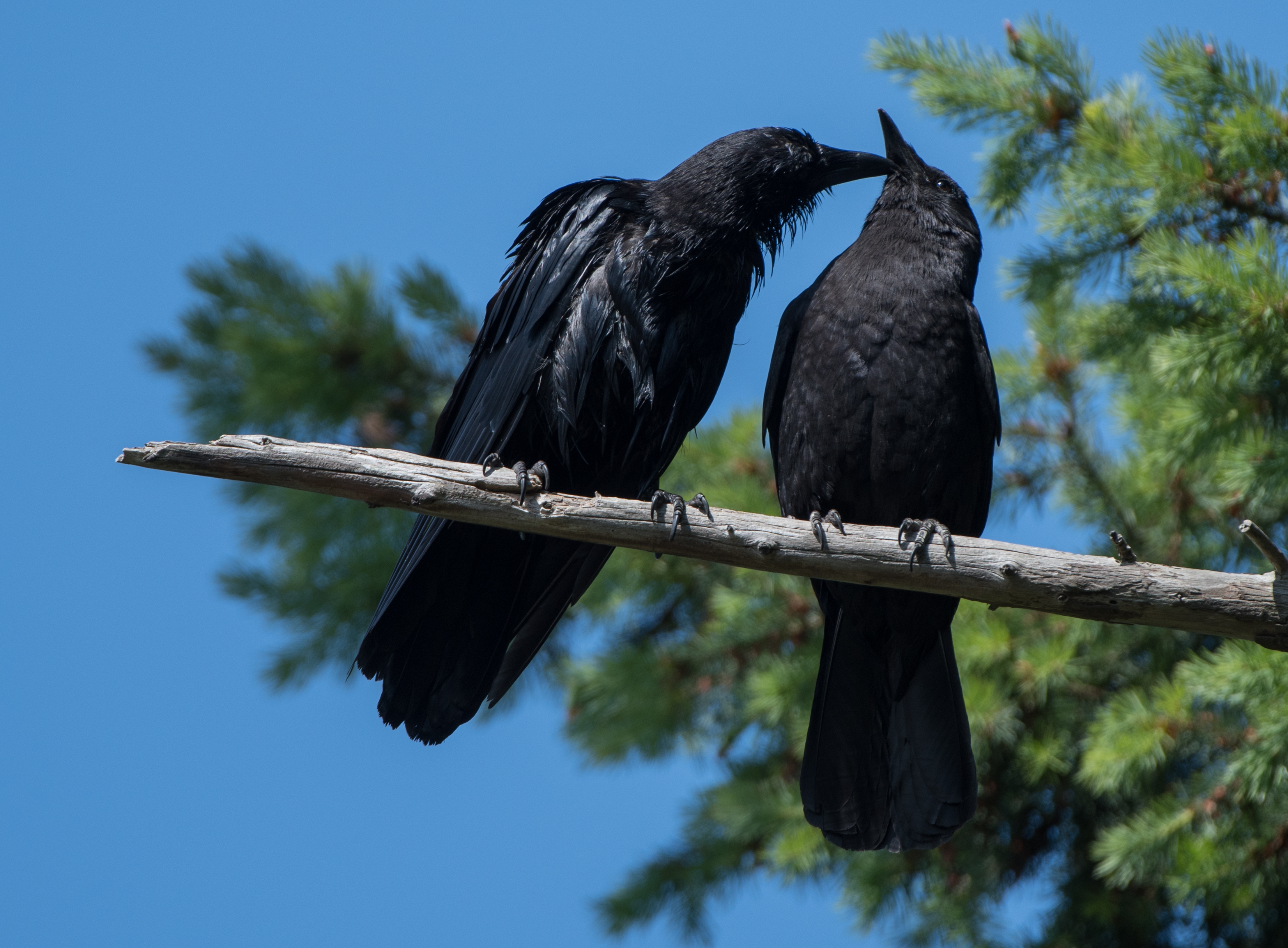Another day in Texas with cooperative weather!
A pair of Brown-headed cowbirds, threats to central Texas’ endangered Golden-cheeked warblers, Black-capped vireos and other birds…
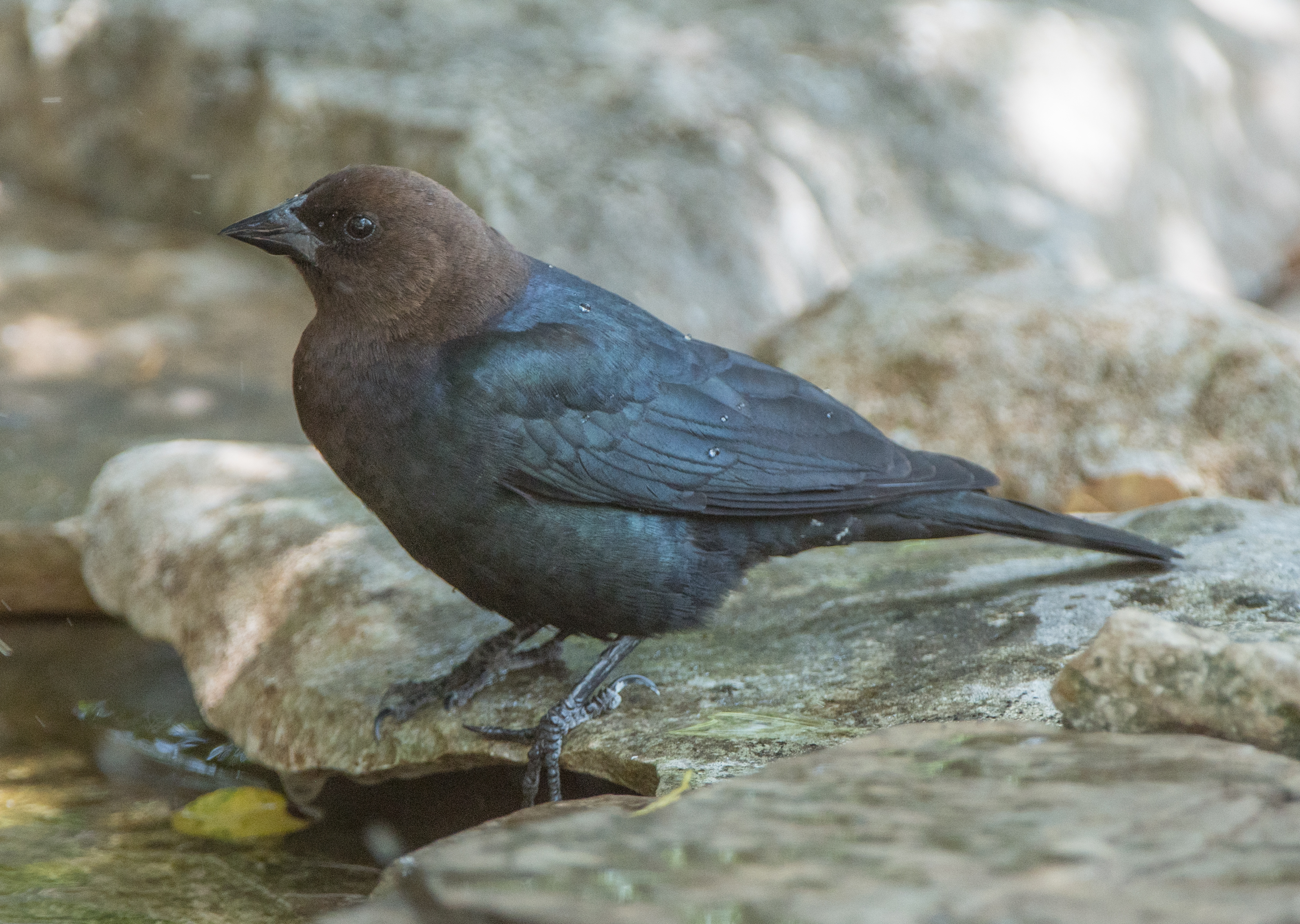
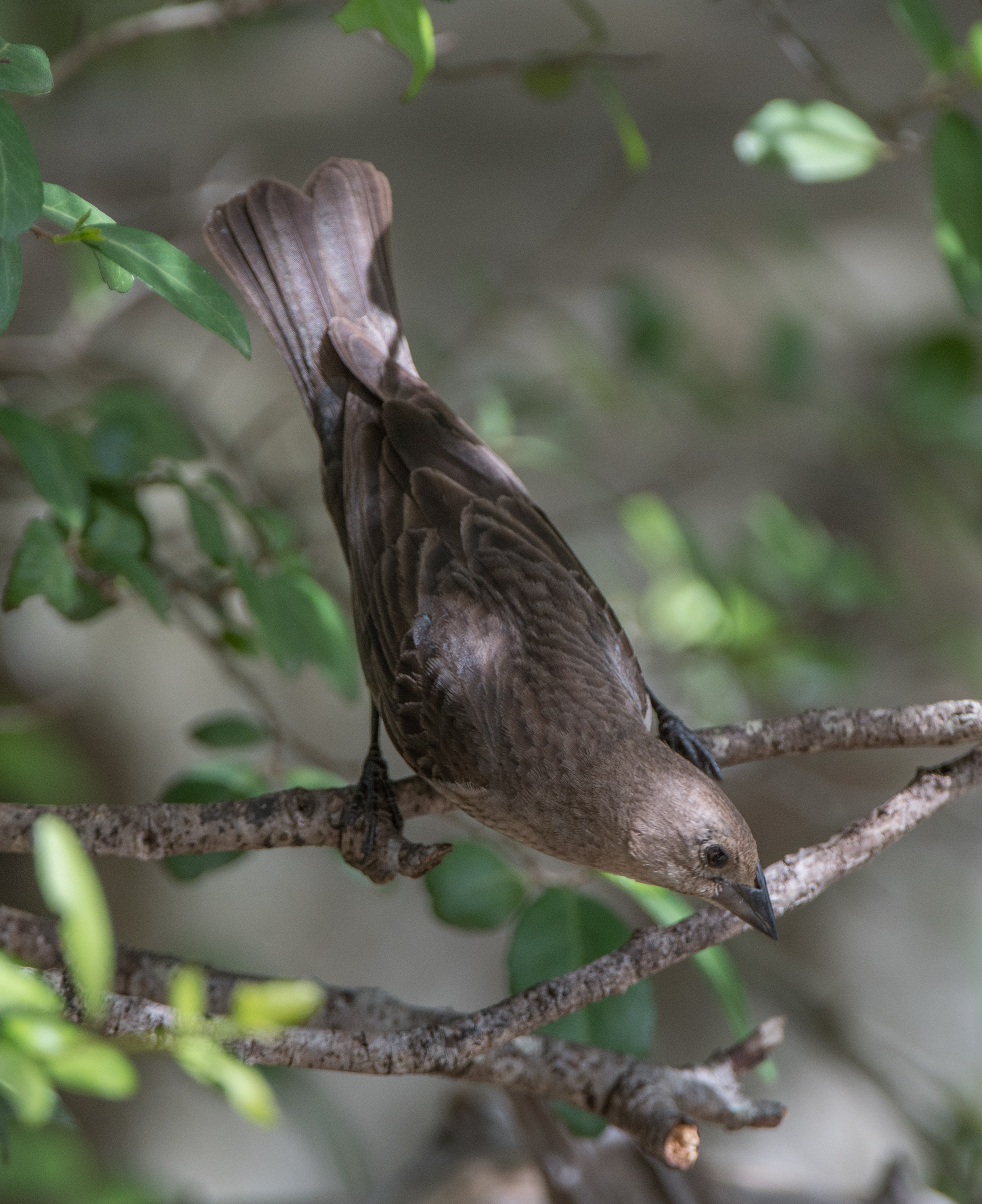
The ‘moving on north’ White-winged dove…
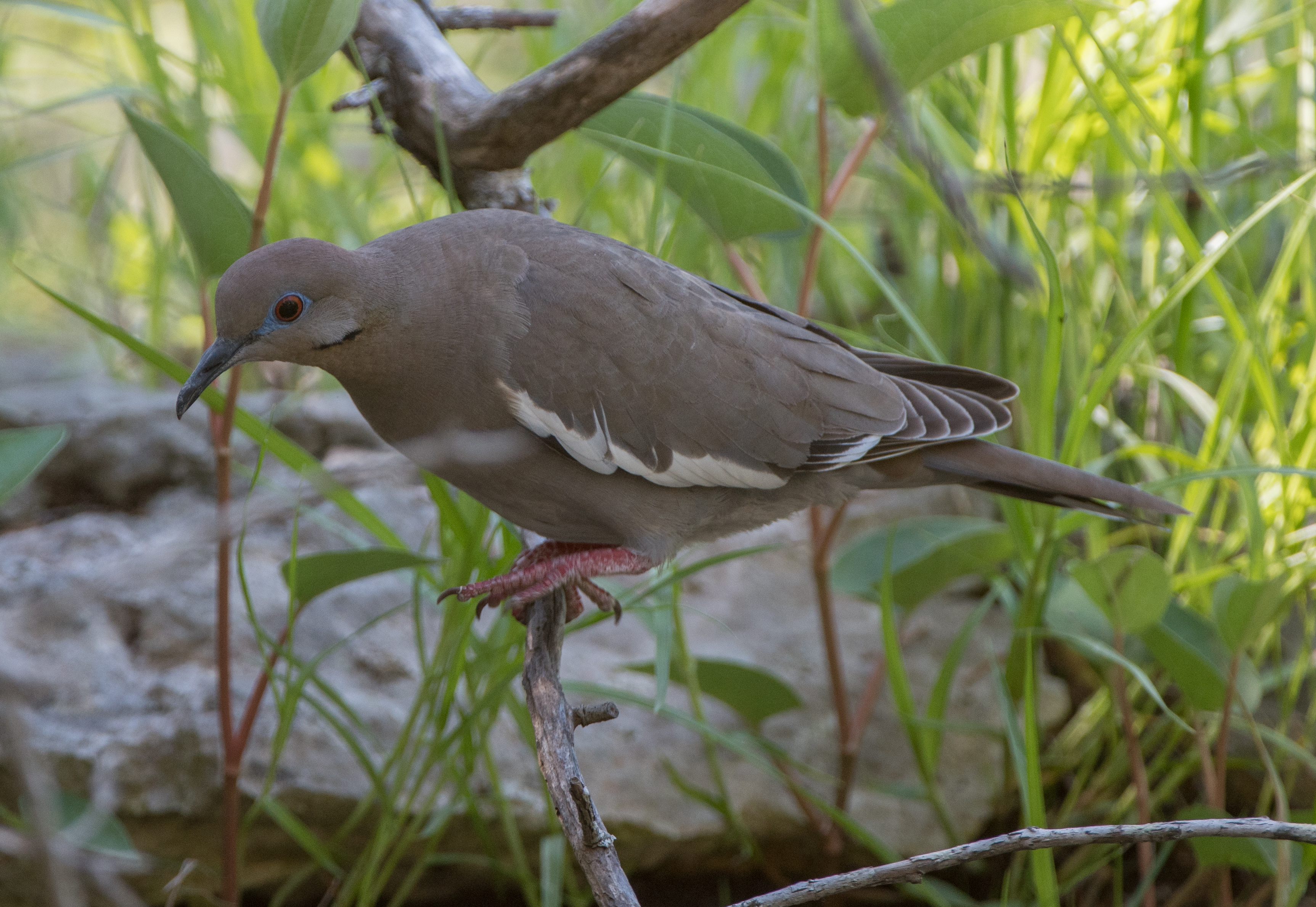
Another male Black and White warbler…
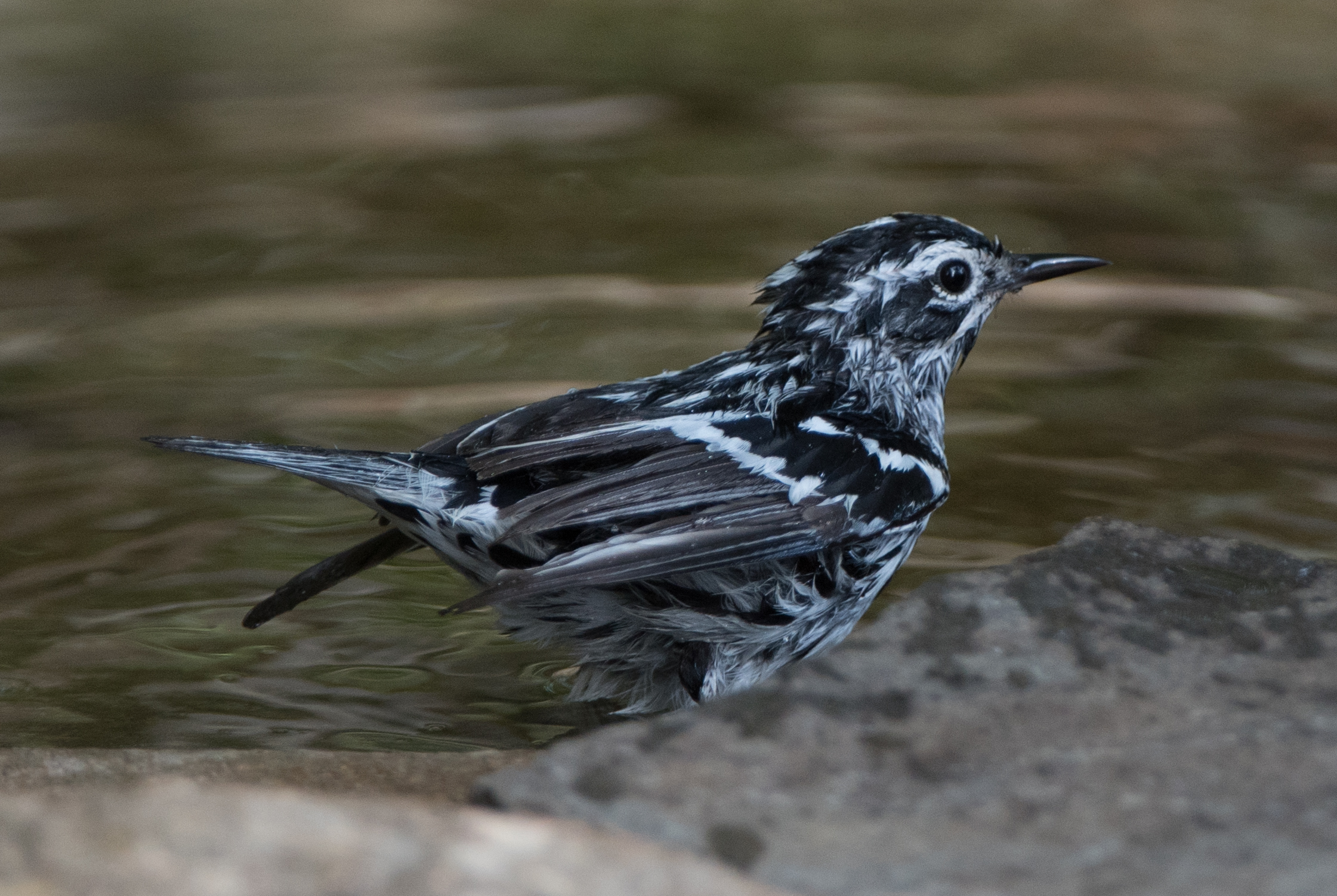
A Red Admiral butterfly. These butterflies were plentiful when I was growing up in the Hill Country. They congregated on the sap of the Spanish oaks and on wet, discarded watermelon rinds.
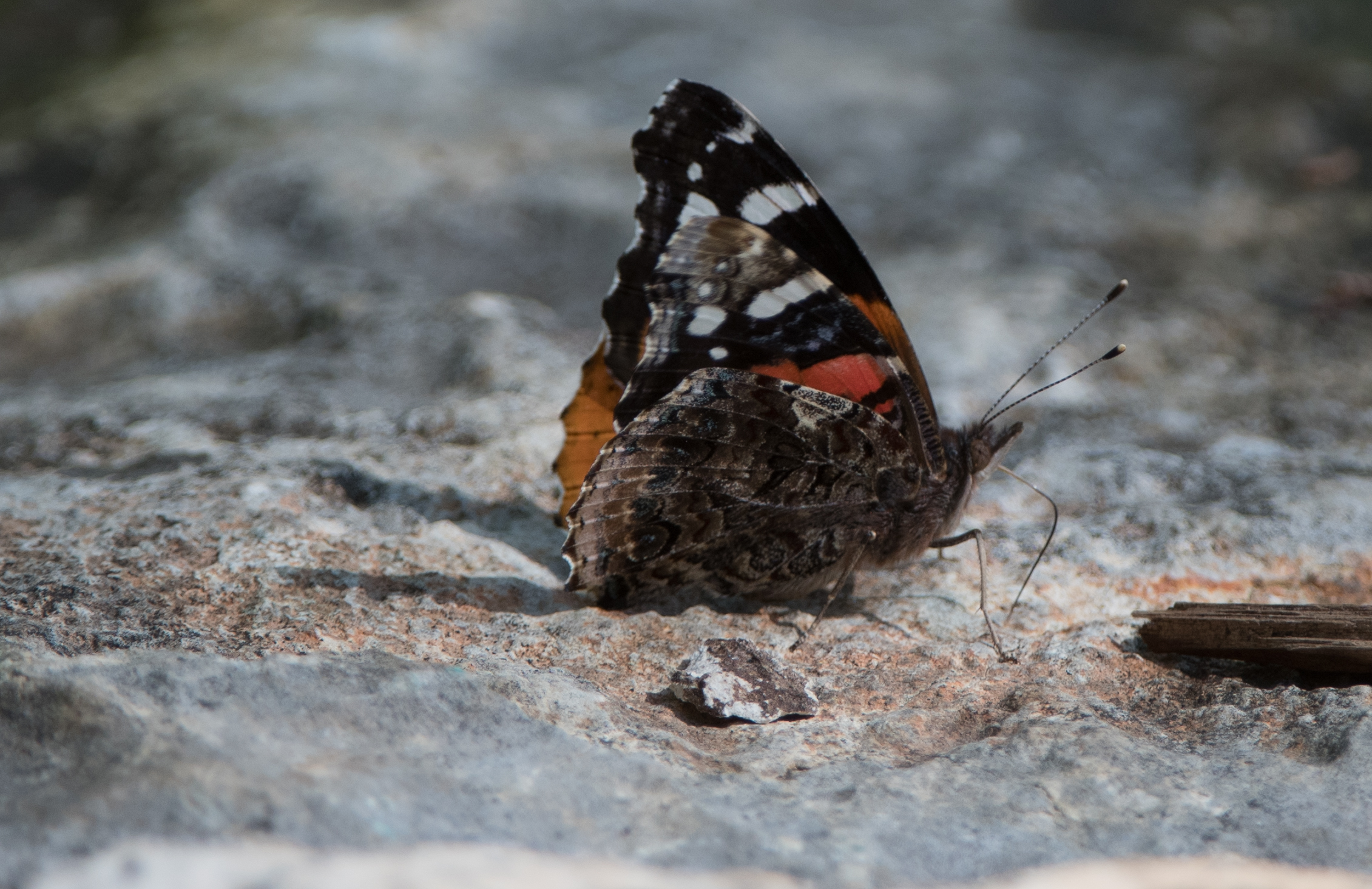
A Texas Six-Striped lizard getting a drink of water. I have absolutely NO expertise in lizard identification and am only taking the word from my sister on this!
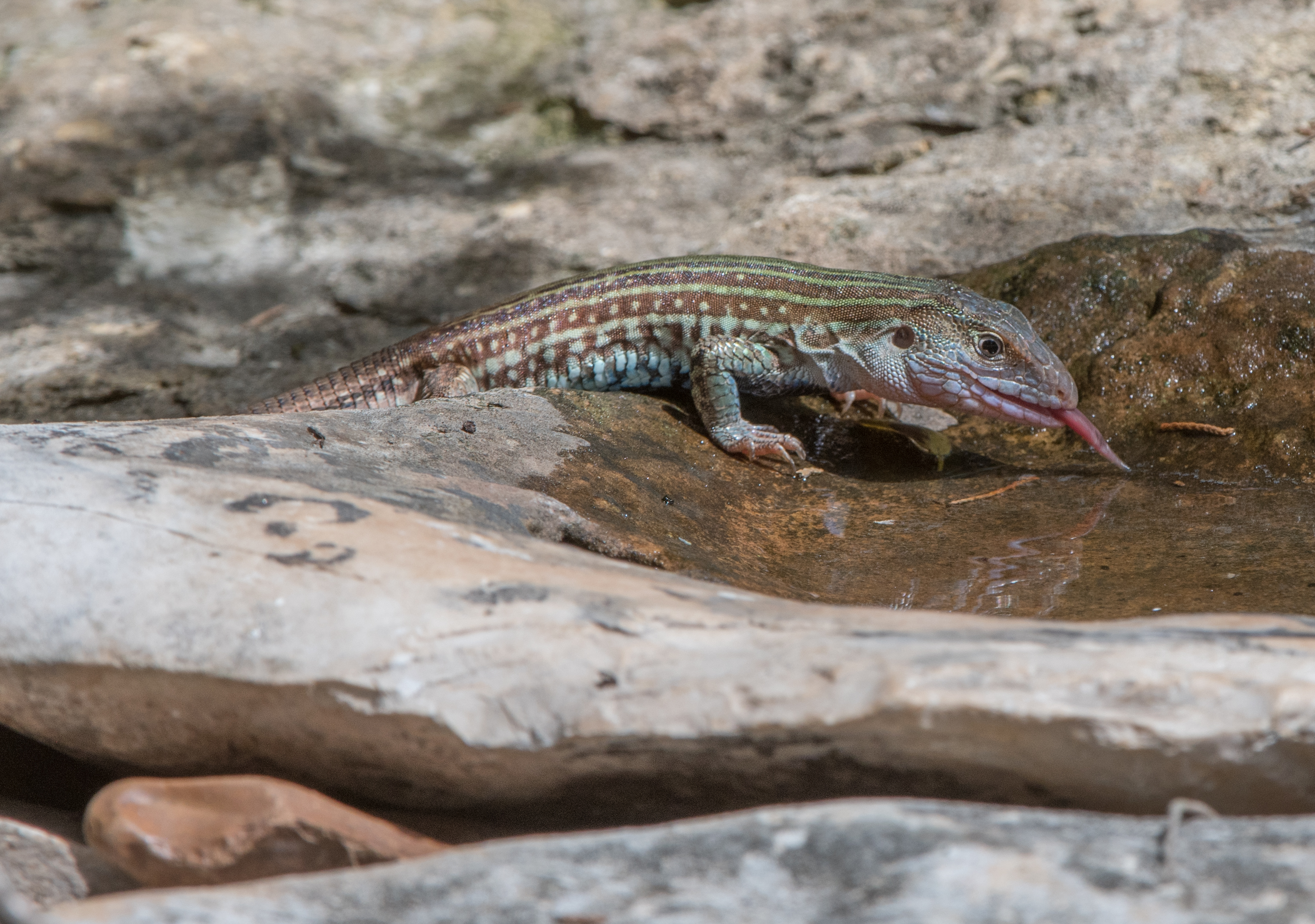
Back to the birds… a Lincoln’s sparrow. We have these in the Pacific Northwest but I never have the opportunity for such a good photo here. When I can find these birds I usually have to shoot from my vehicle in the winter.
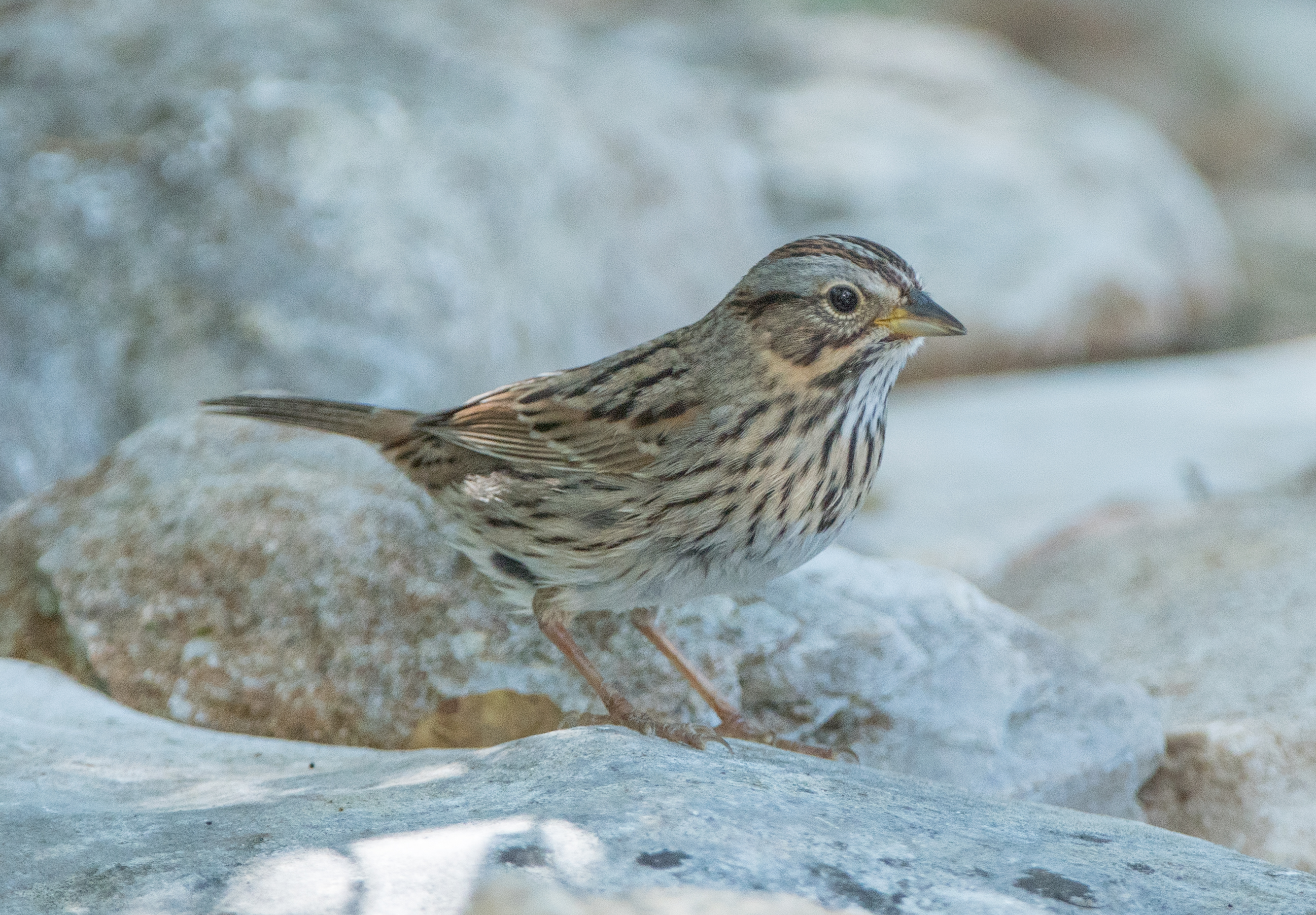
The beautiful female and male Painted buntings. Interestingly, this past winter a male showed up at a feeder only about ten miles from my house in Anacortes. I was asked by many friends if I had seen it, but I never made the journey thanks to Texas hospitality!
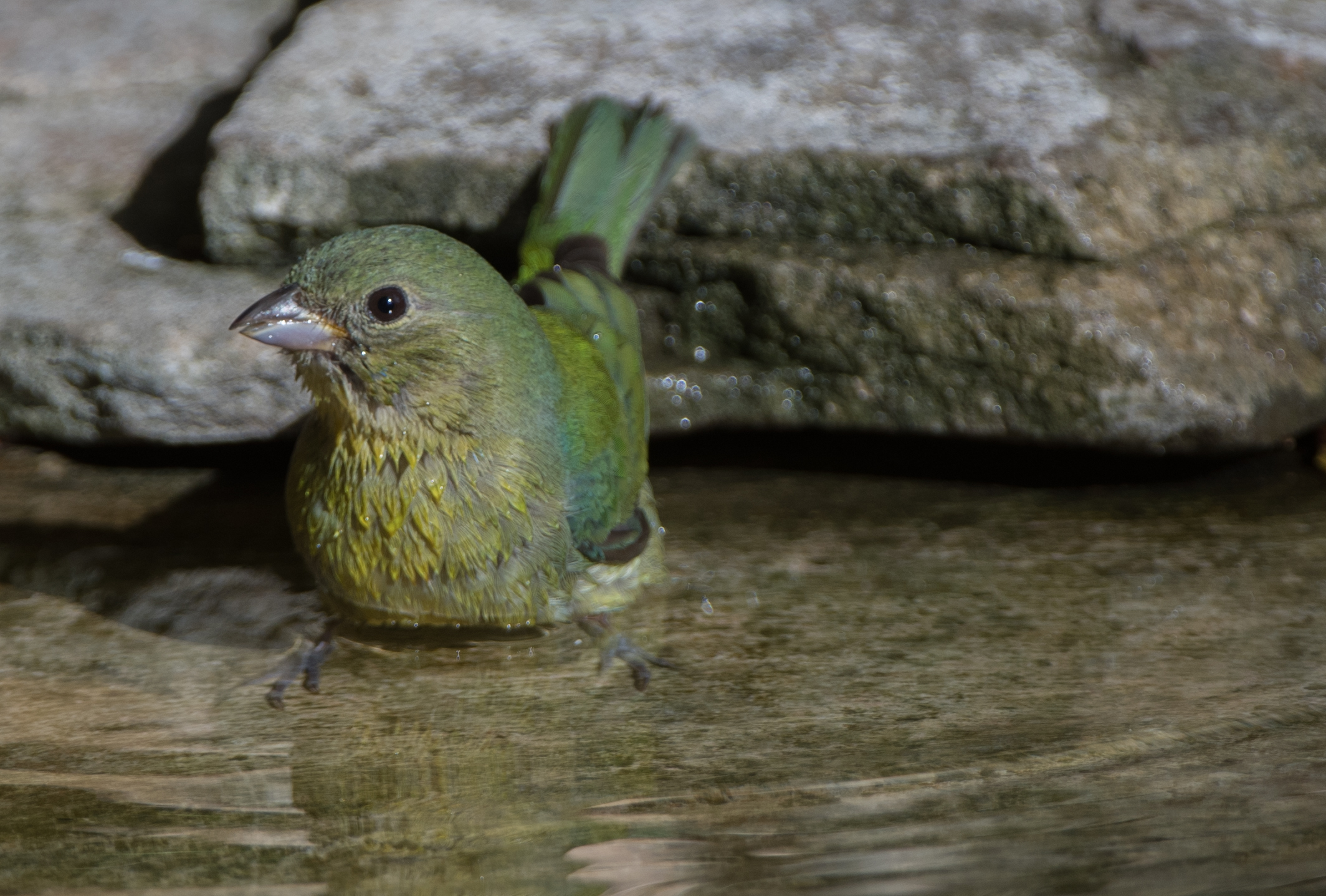
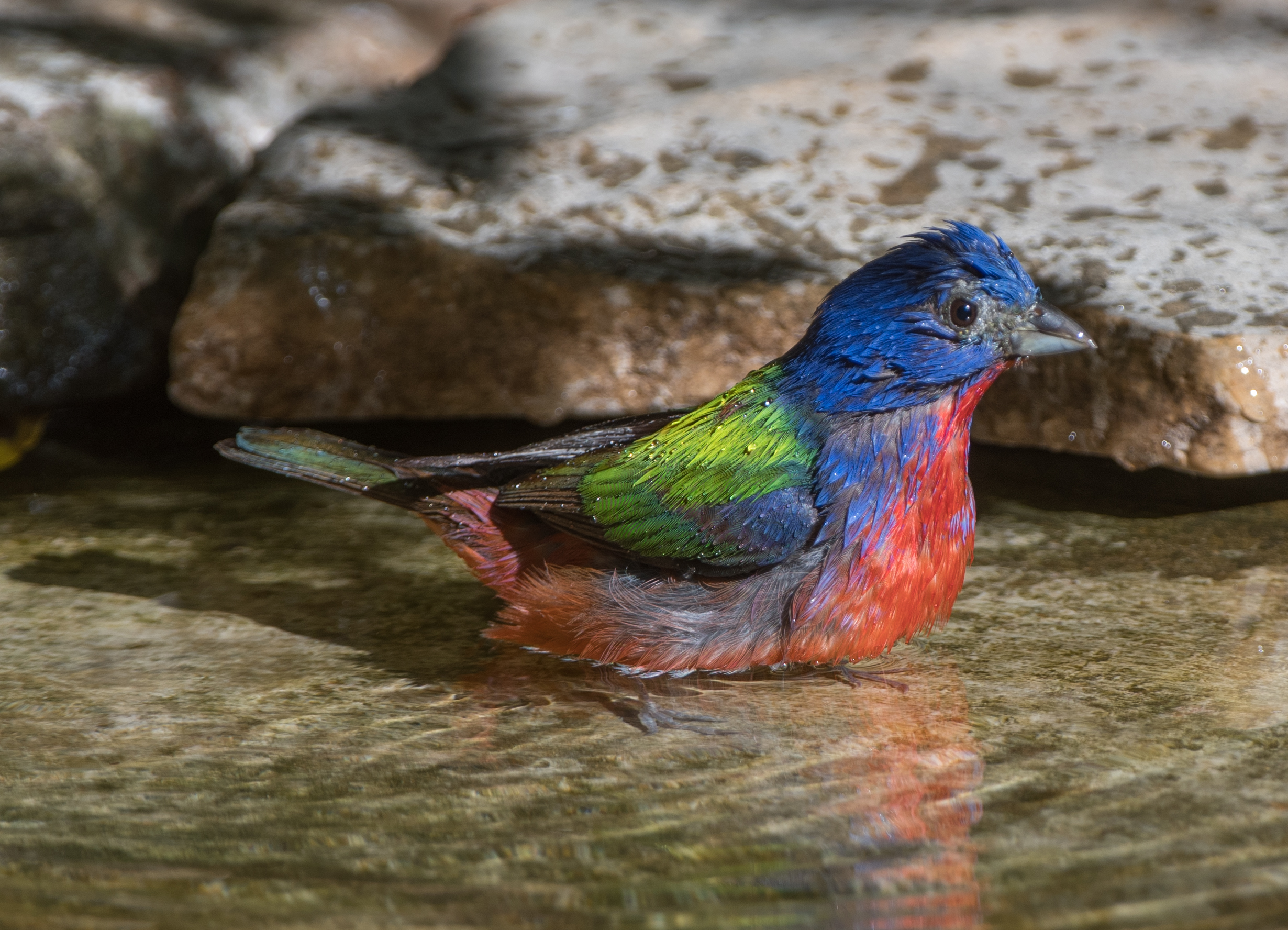
Another male Northern cardinal, shown here in part for contrast with the last bird shown in this post.
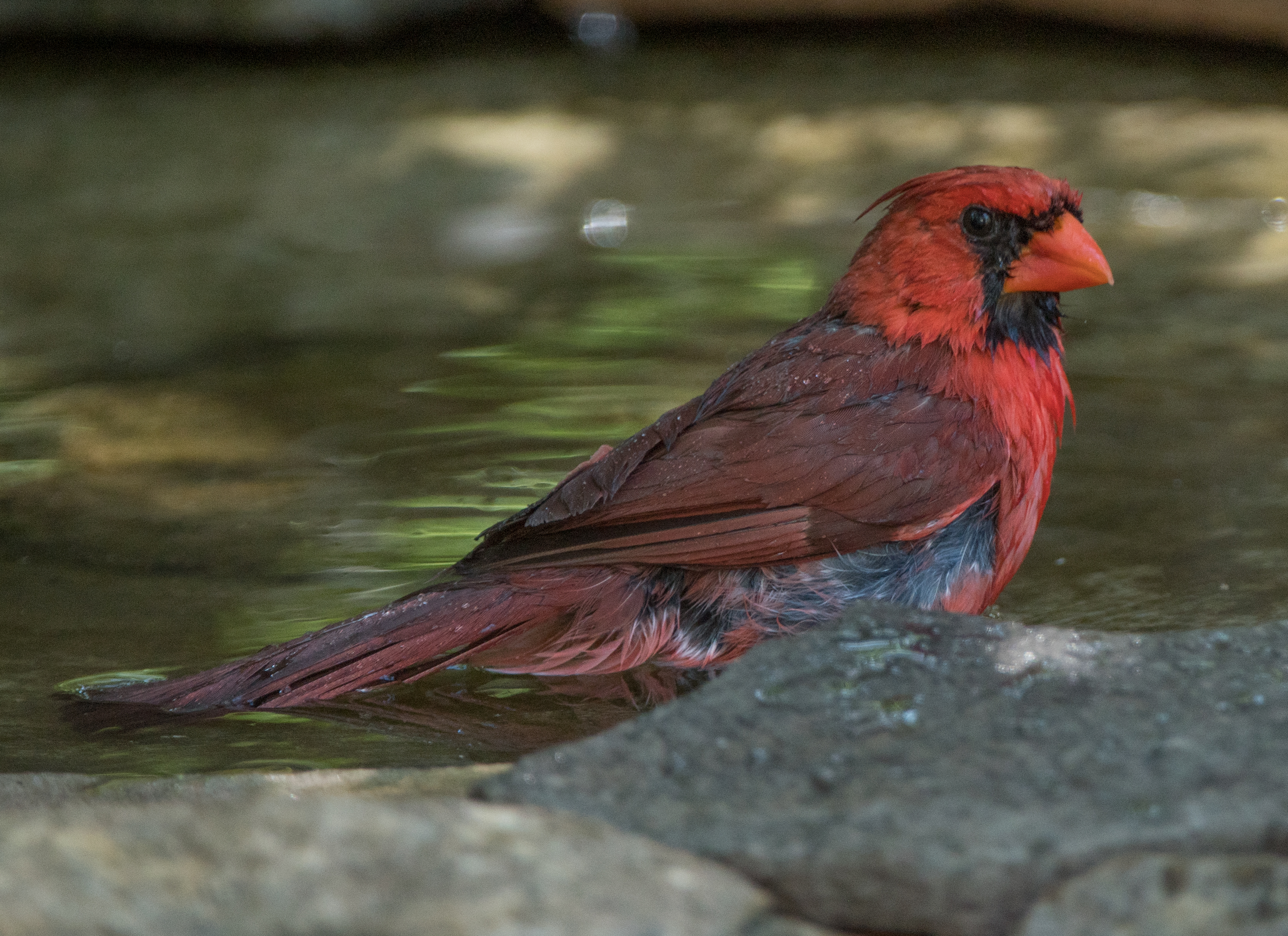
And finally (… remember there’s always a finally’), a male Summer tanager and a little story to go along with the photos.

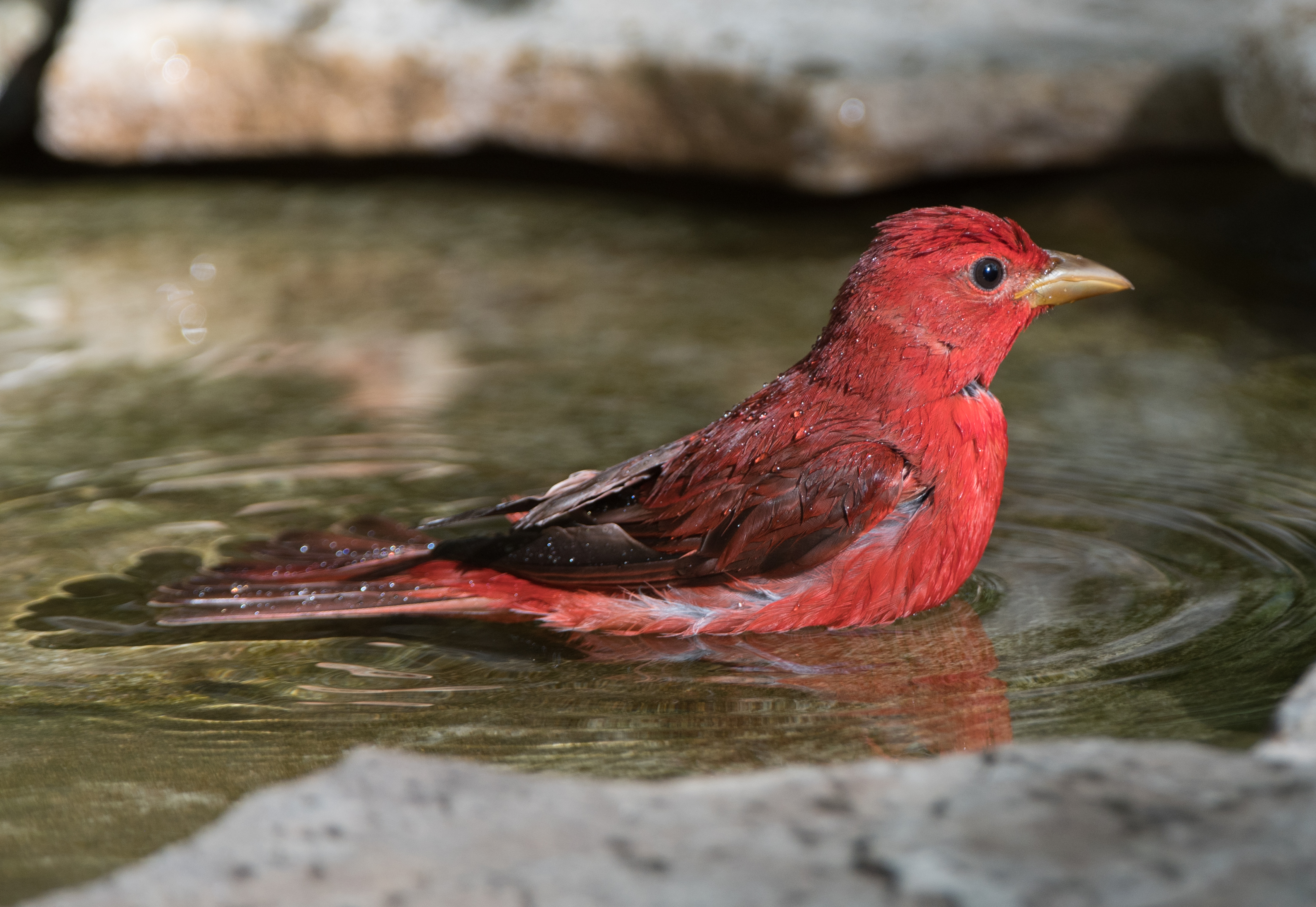
While my sister, her husband and I were sitting on the deck watching birds this male tanager flew and landed right next to us. It landed on a staging stick associated with a garbage can lid bird bath, probably less than eight feet away from me, eschewing the more natural watercourse and bird bath about 20′ away. On its first visit it perched on the stick, stared at us and vocalized for a minute or two before dropping to the bath and bathing! Over the next few days it returned to the same bath several times, seemingly totally unafraid of us or my photographic activity.
Since we don’t have tanagers in Western Washington, I could have difficulty remembering how to keep the Summer and Scarlet tanagers’ names straight. I realized that the Scarlet tanager “isn’t” (all) scarlet while the summer tanager is. So my little mantra is that “the Scarlet tanager isn’t”! It seems someone could have done a better job of naming these species!

